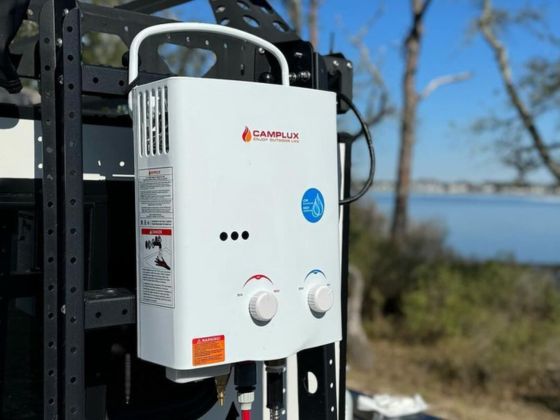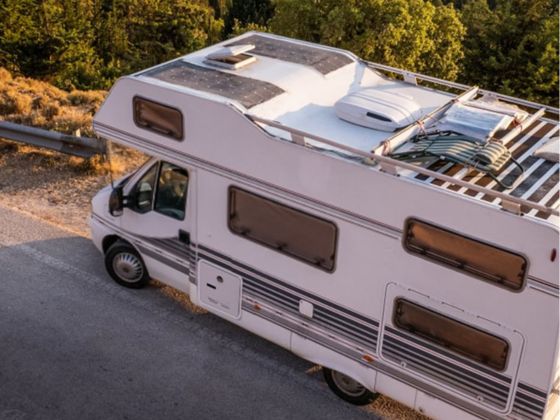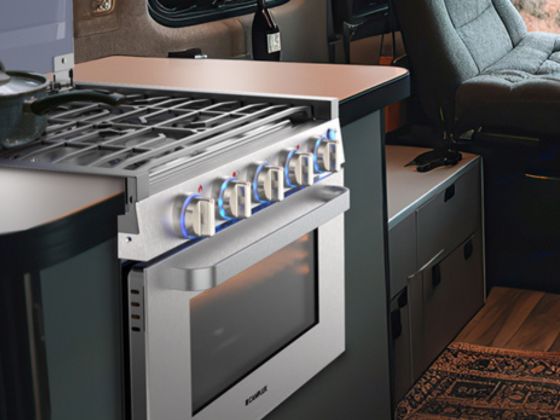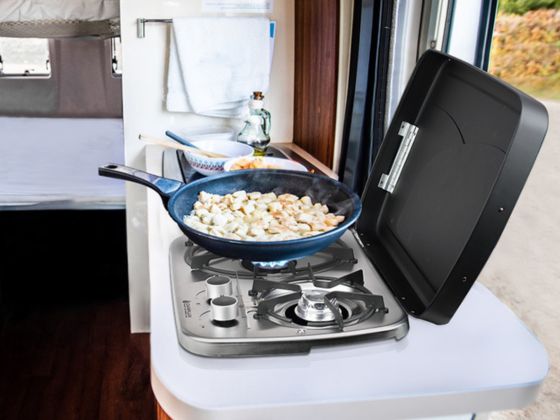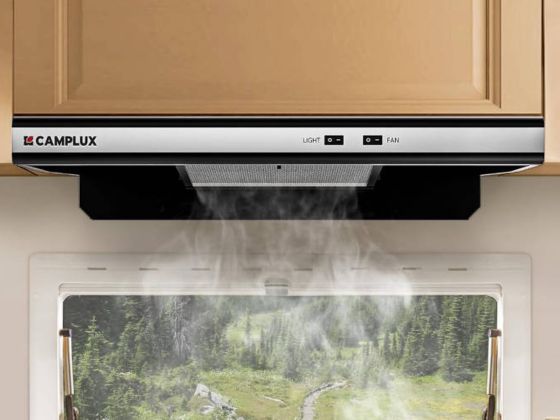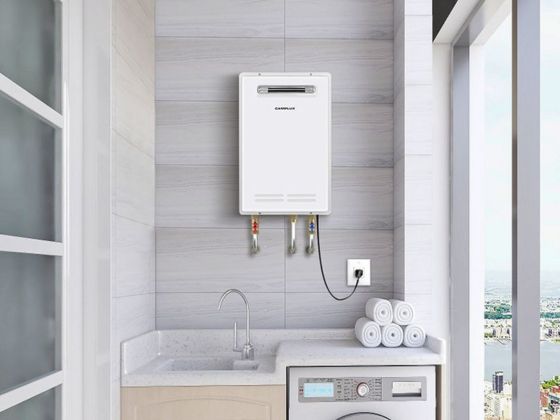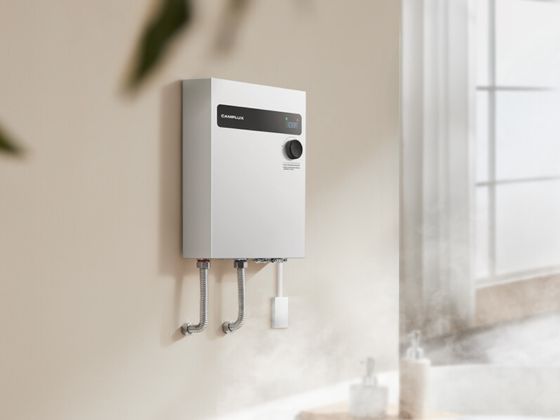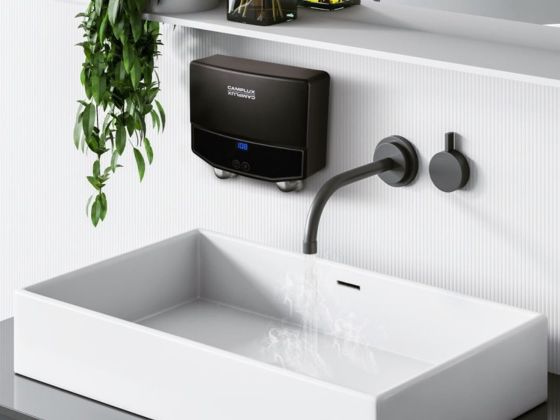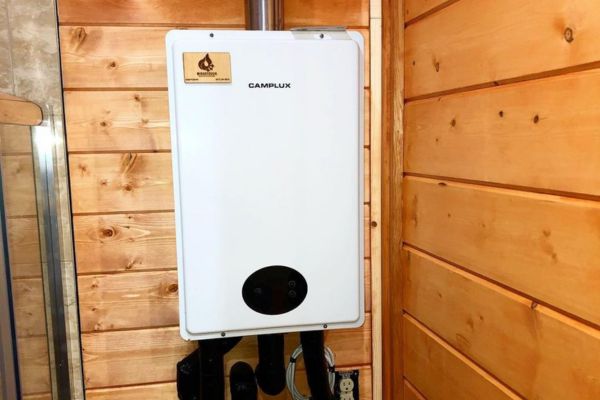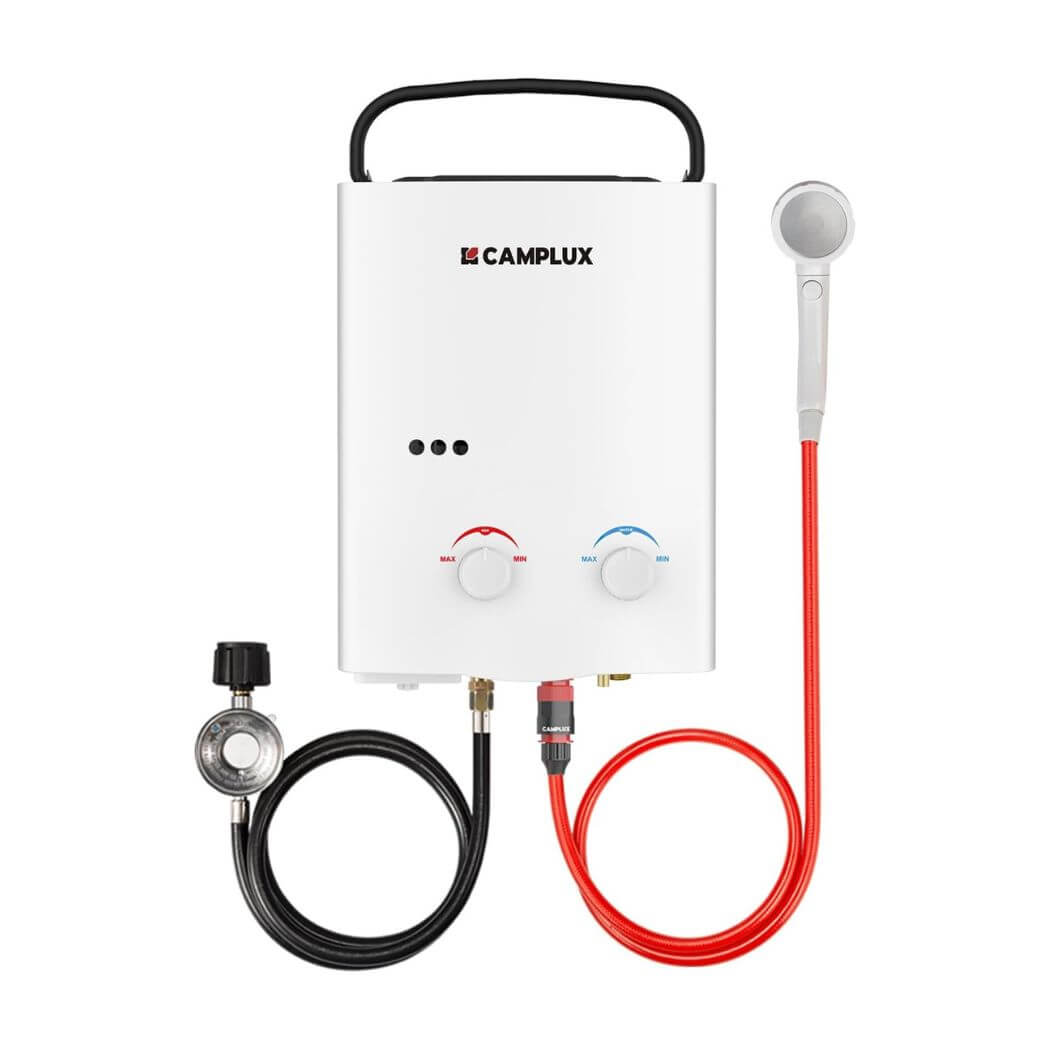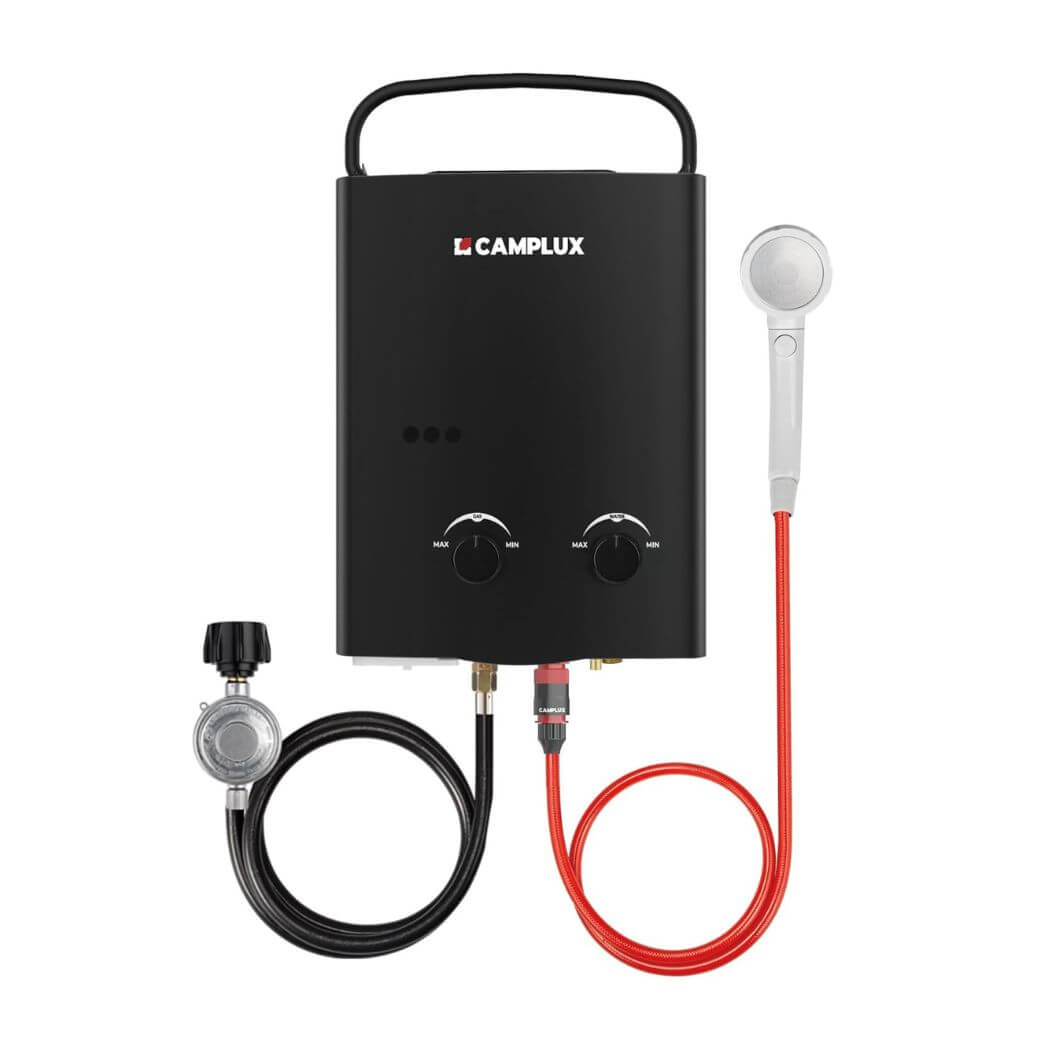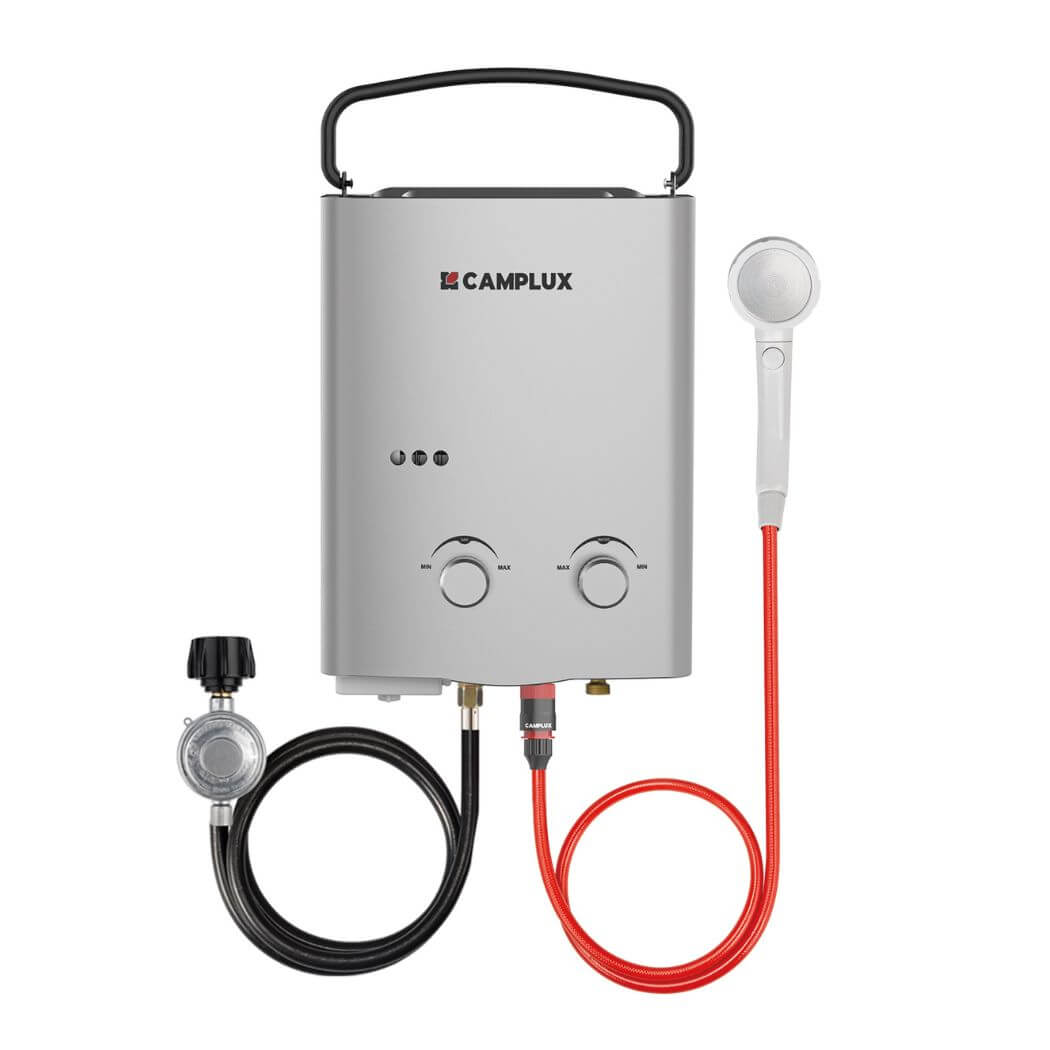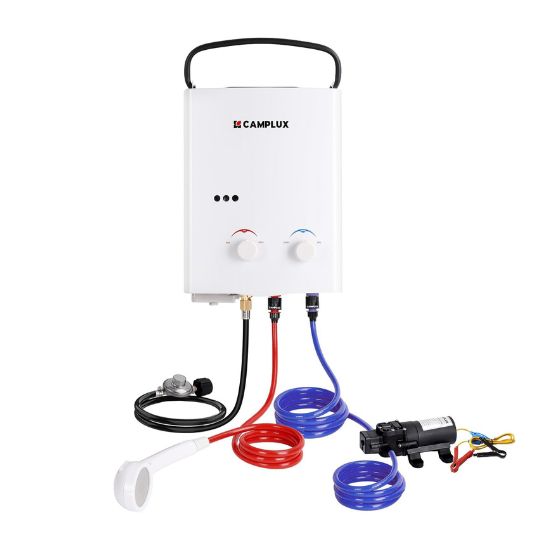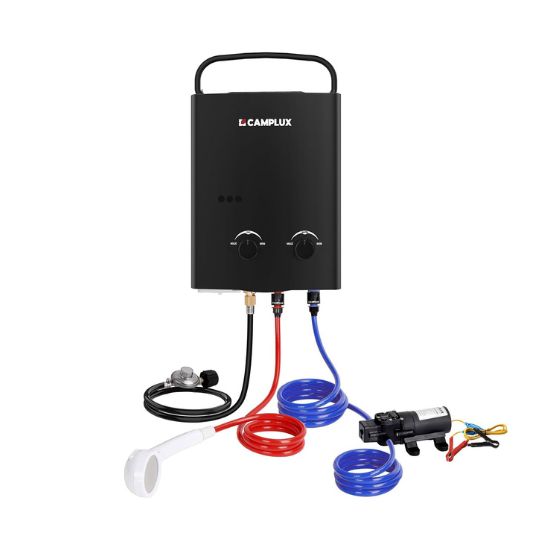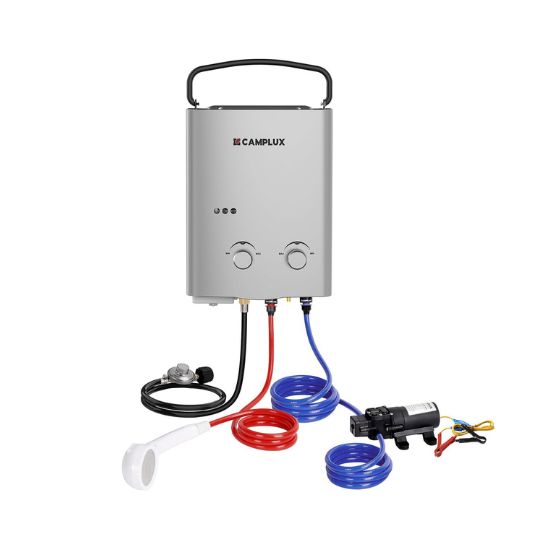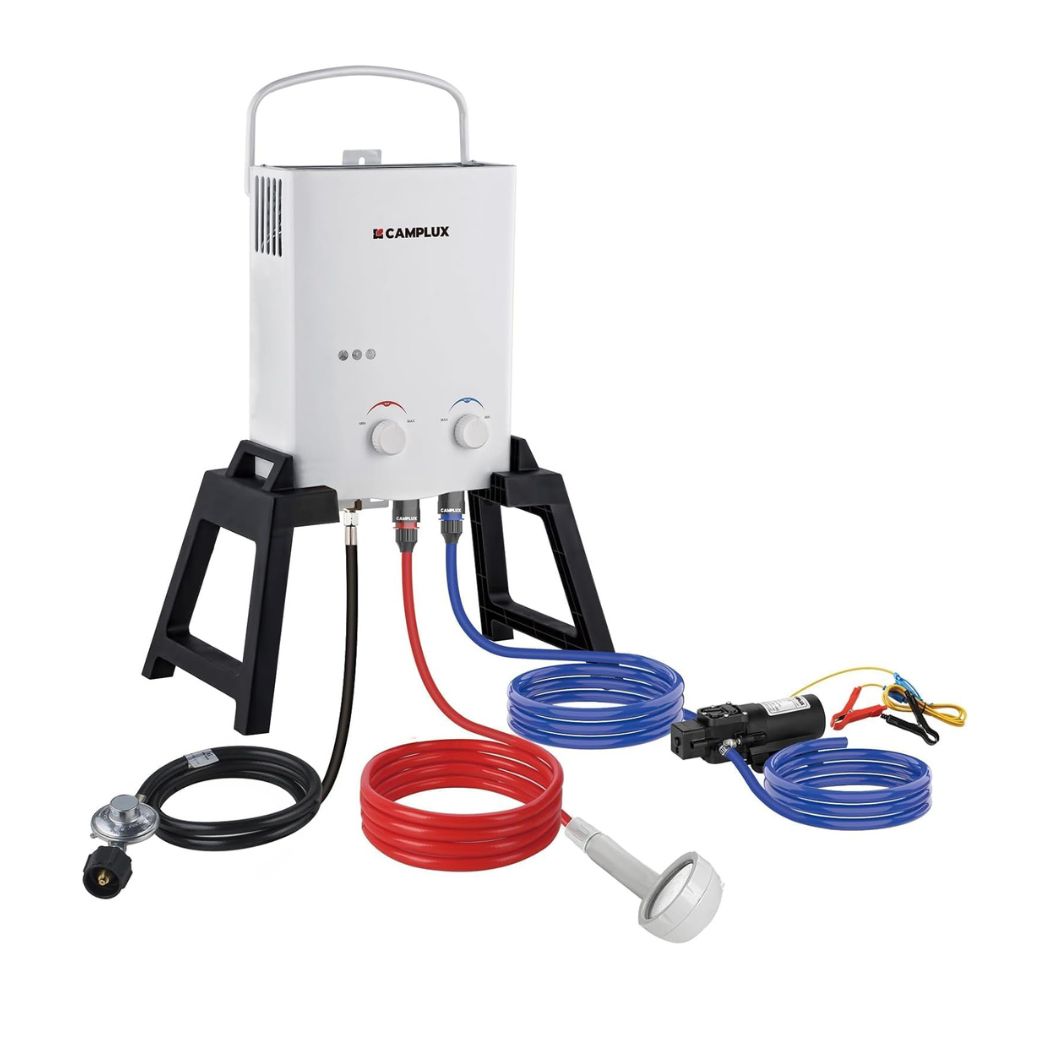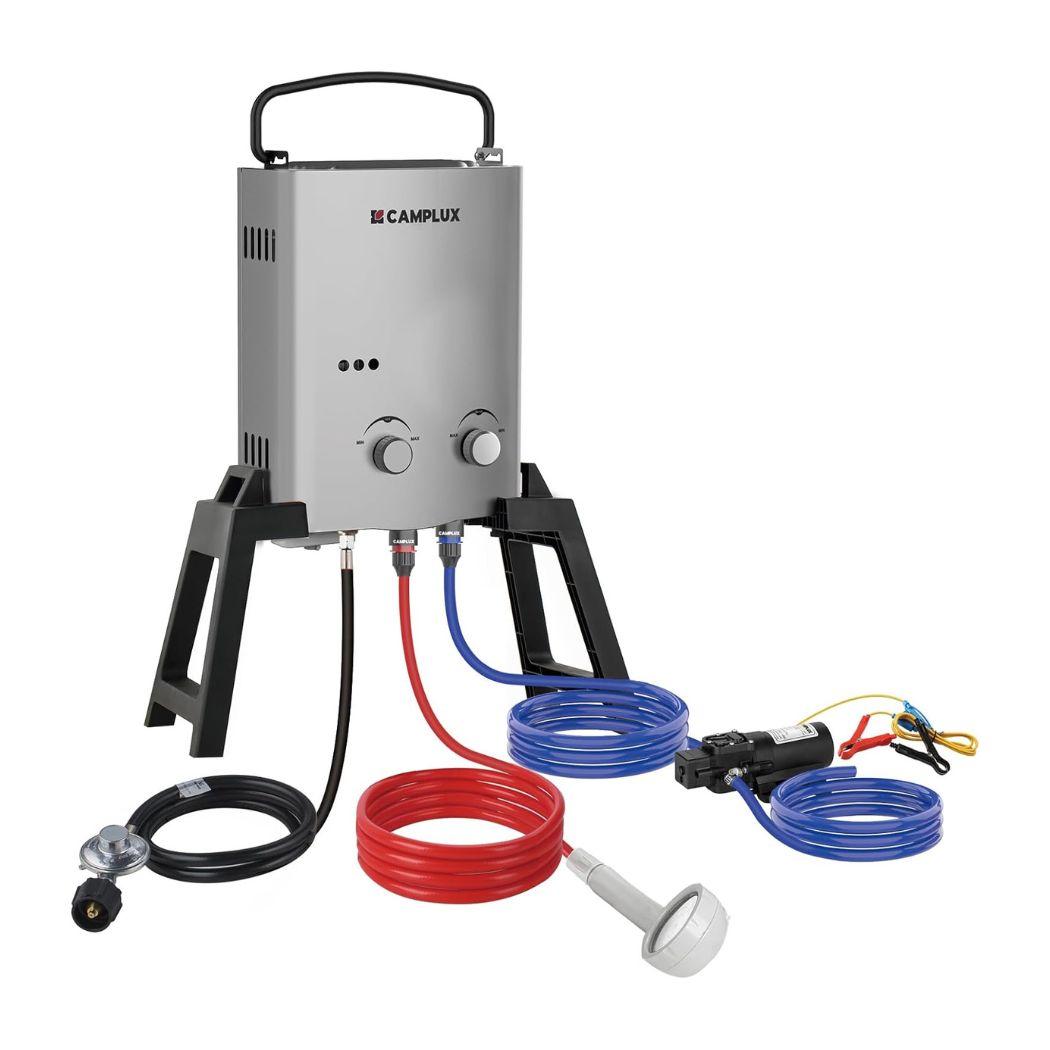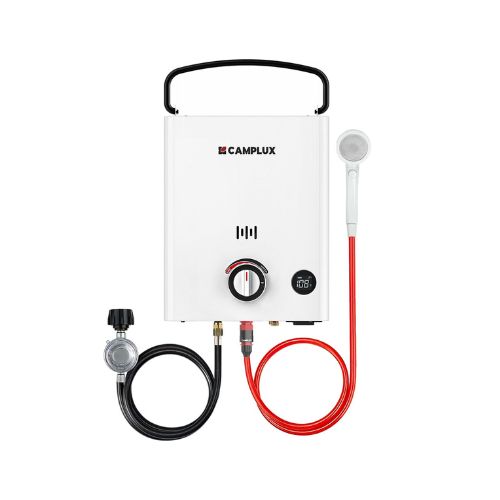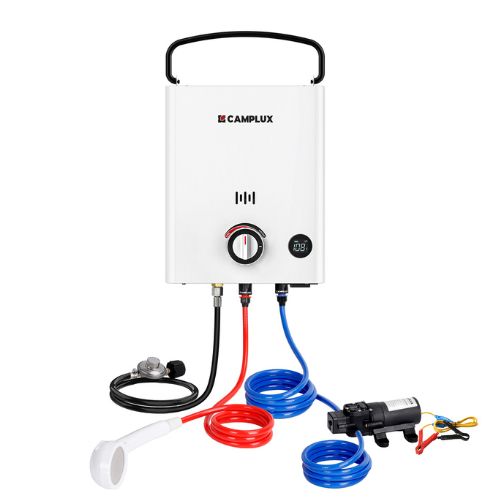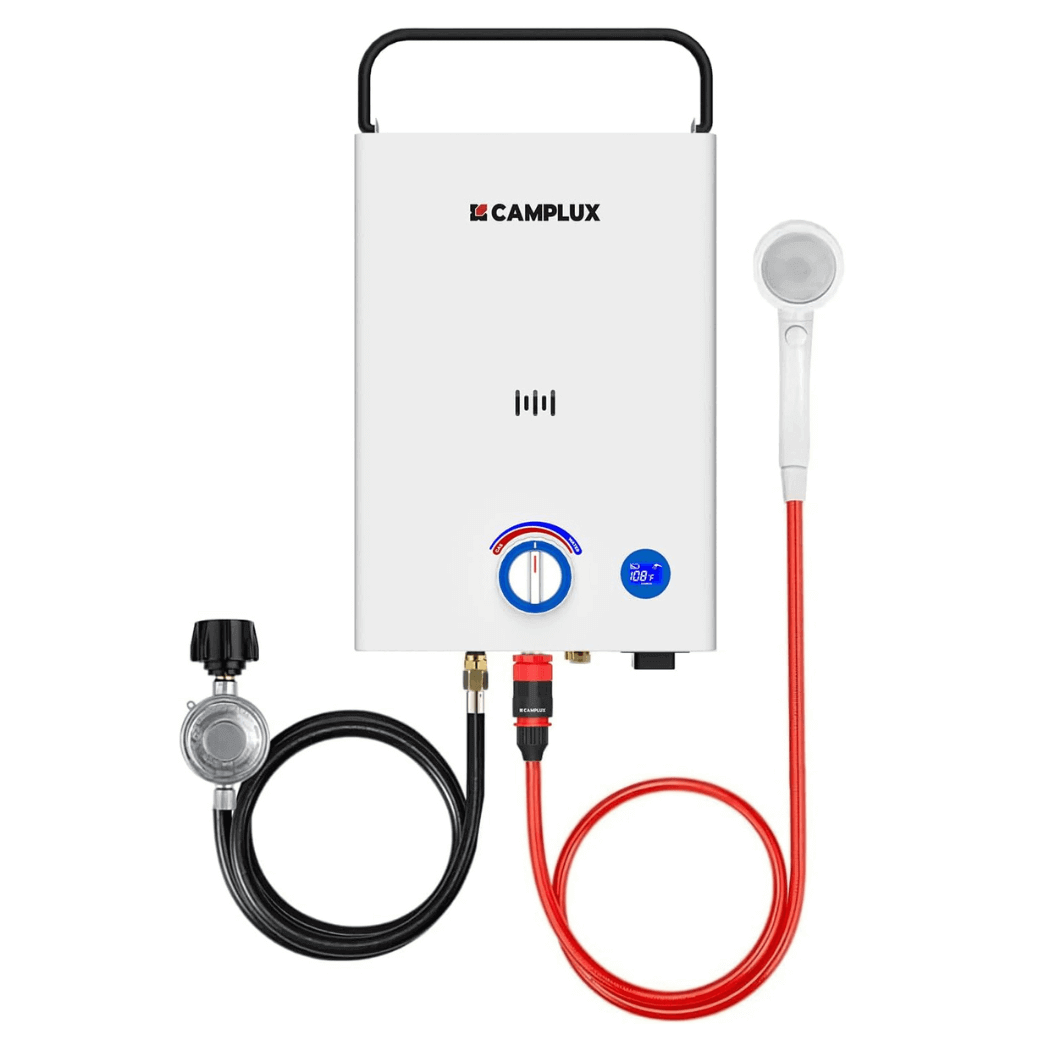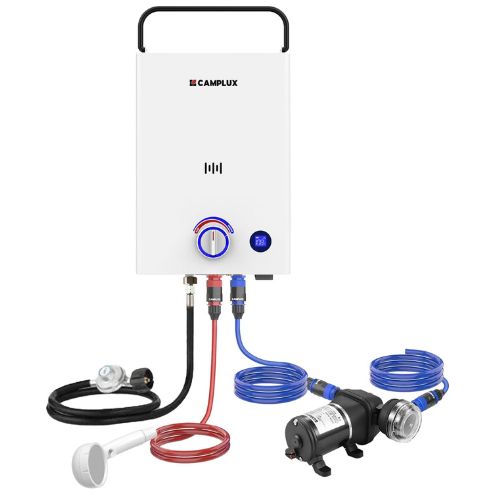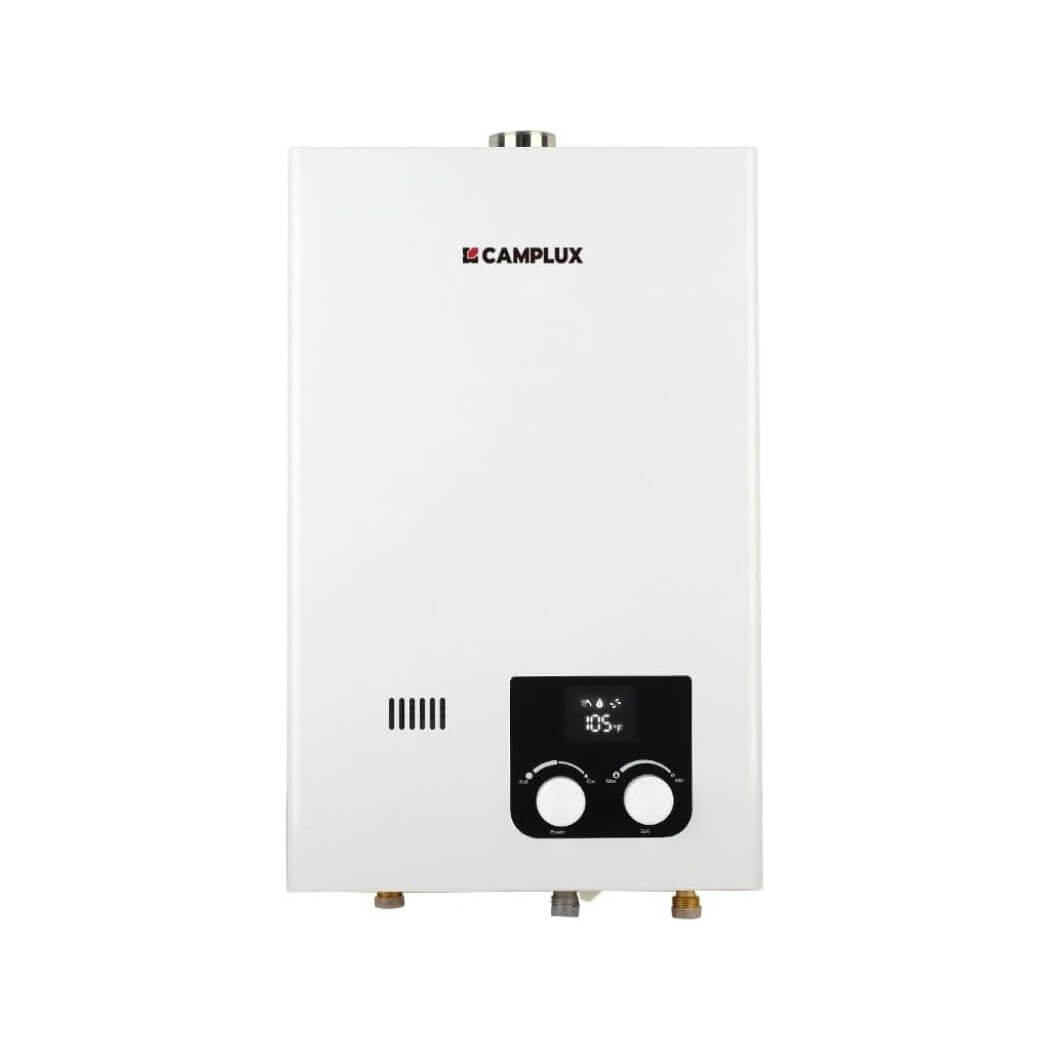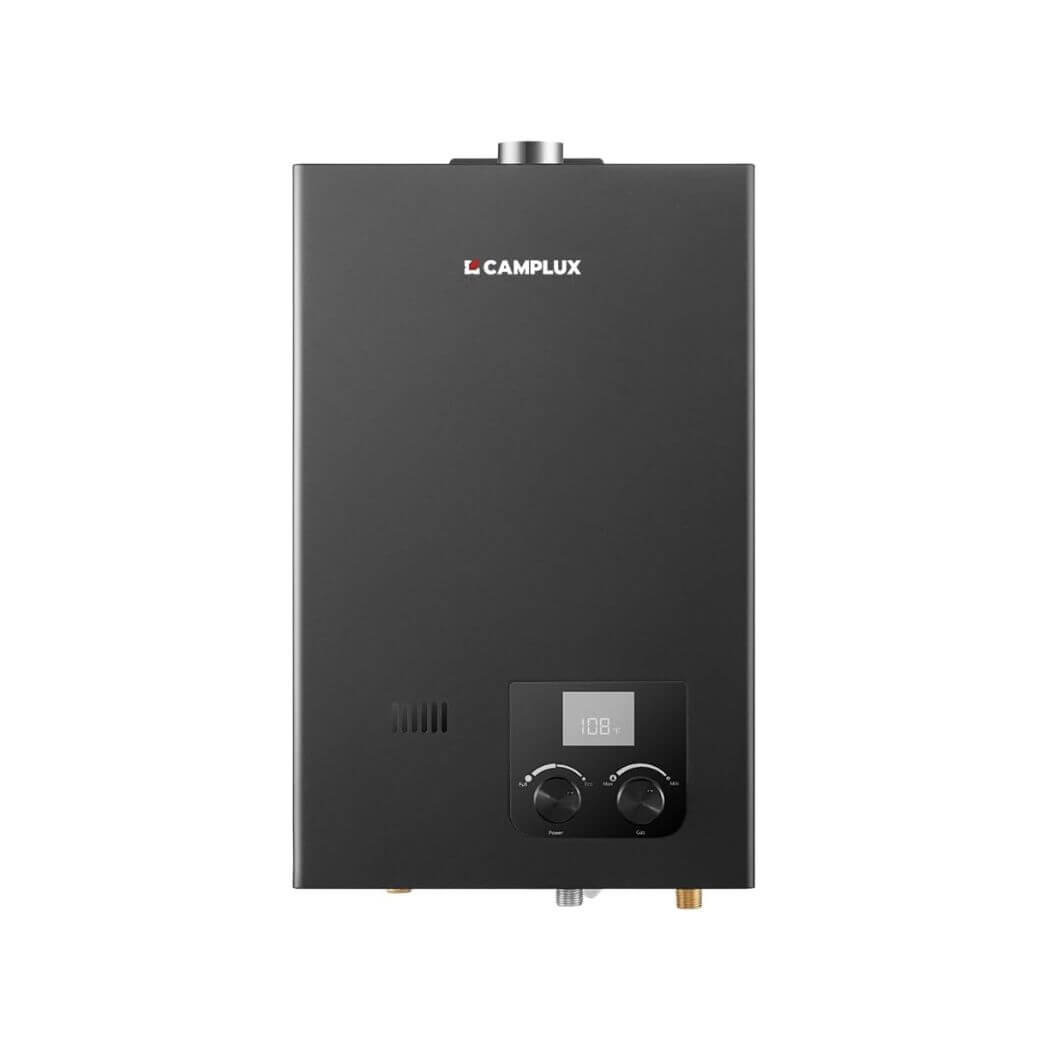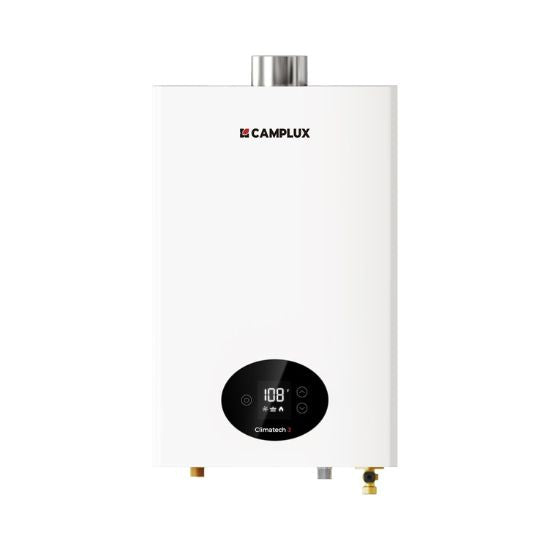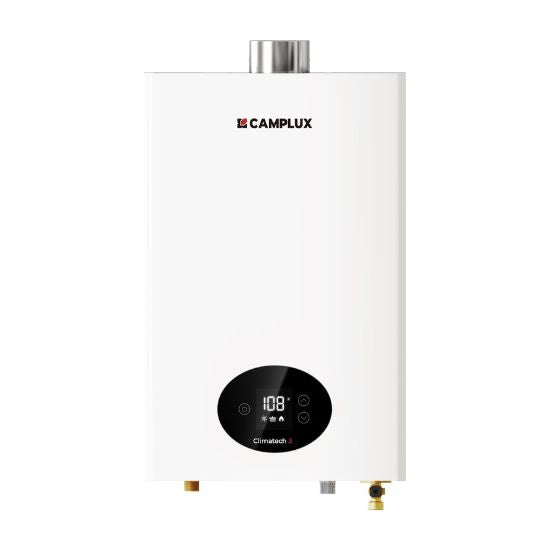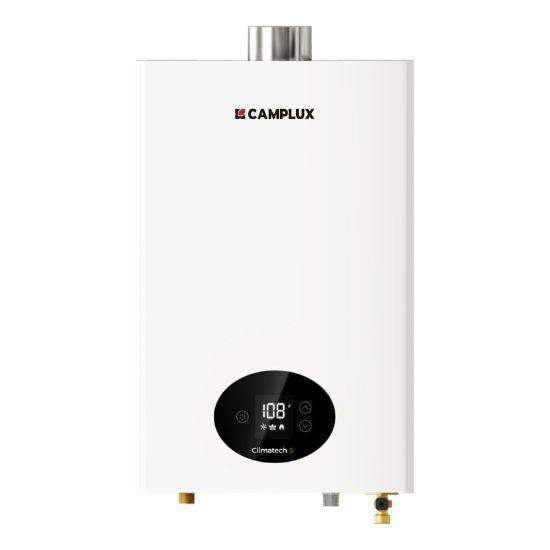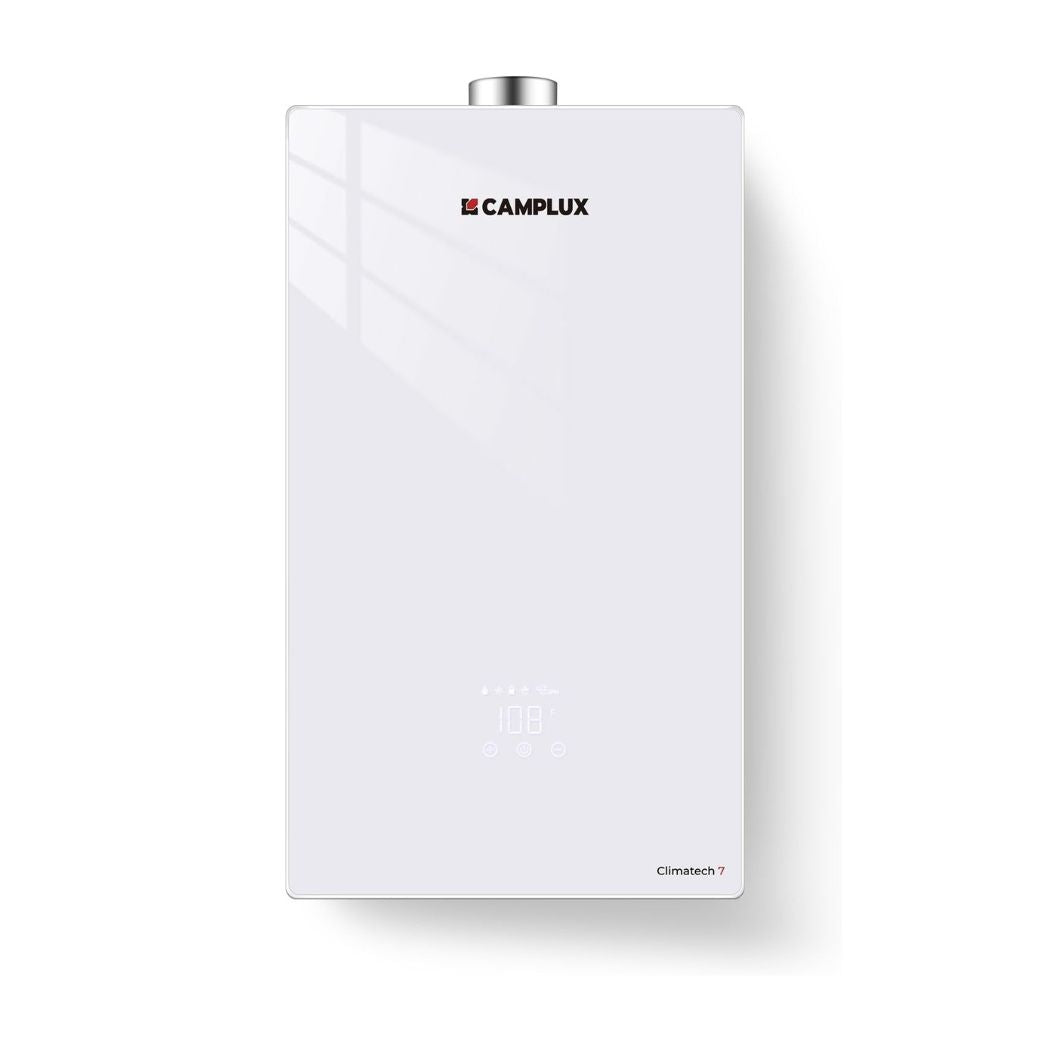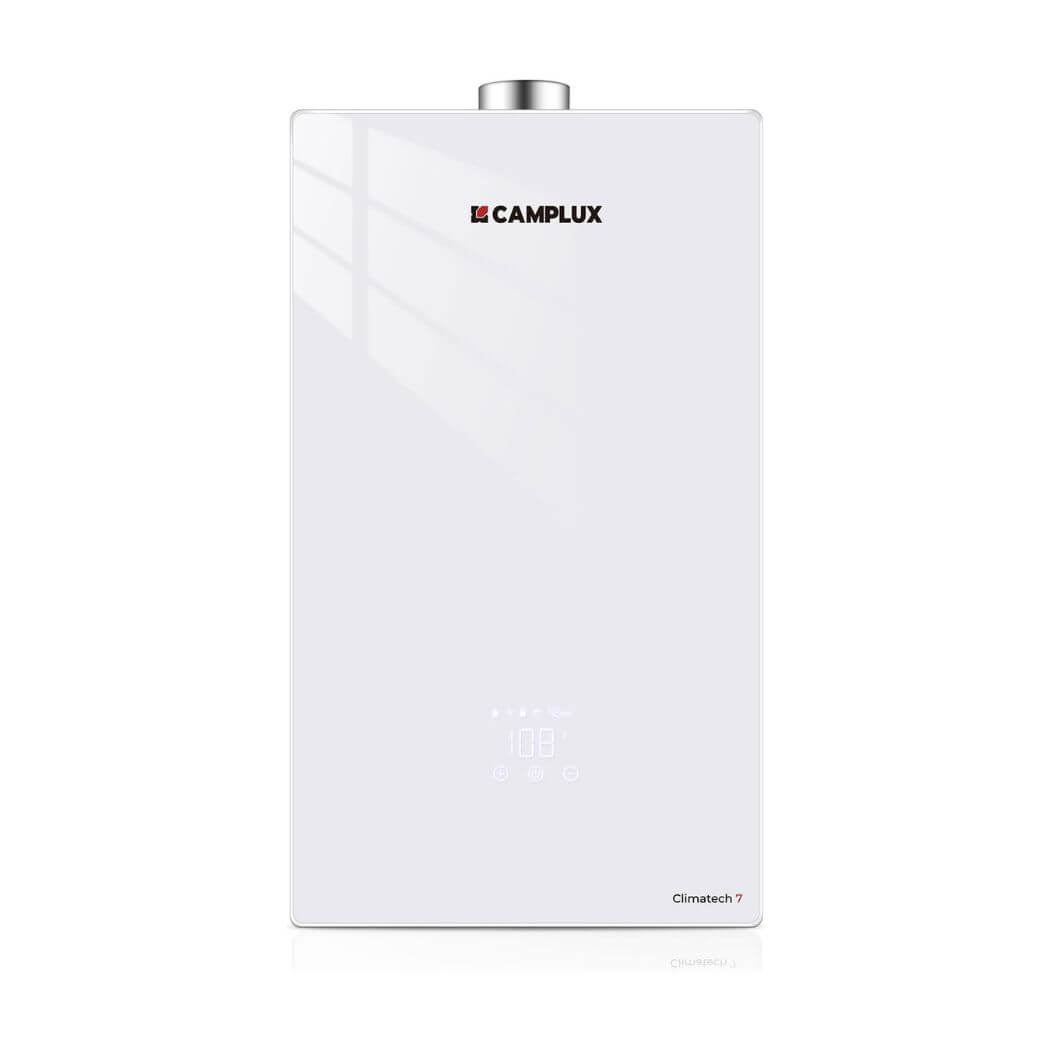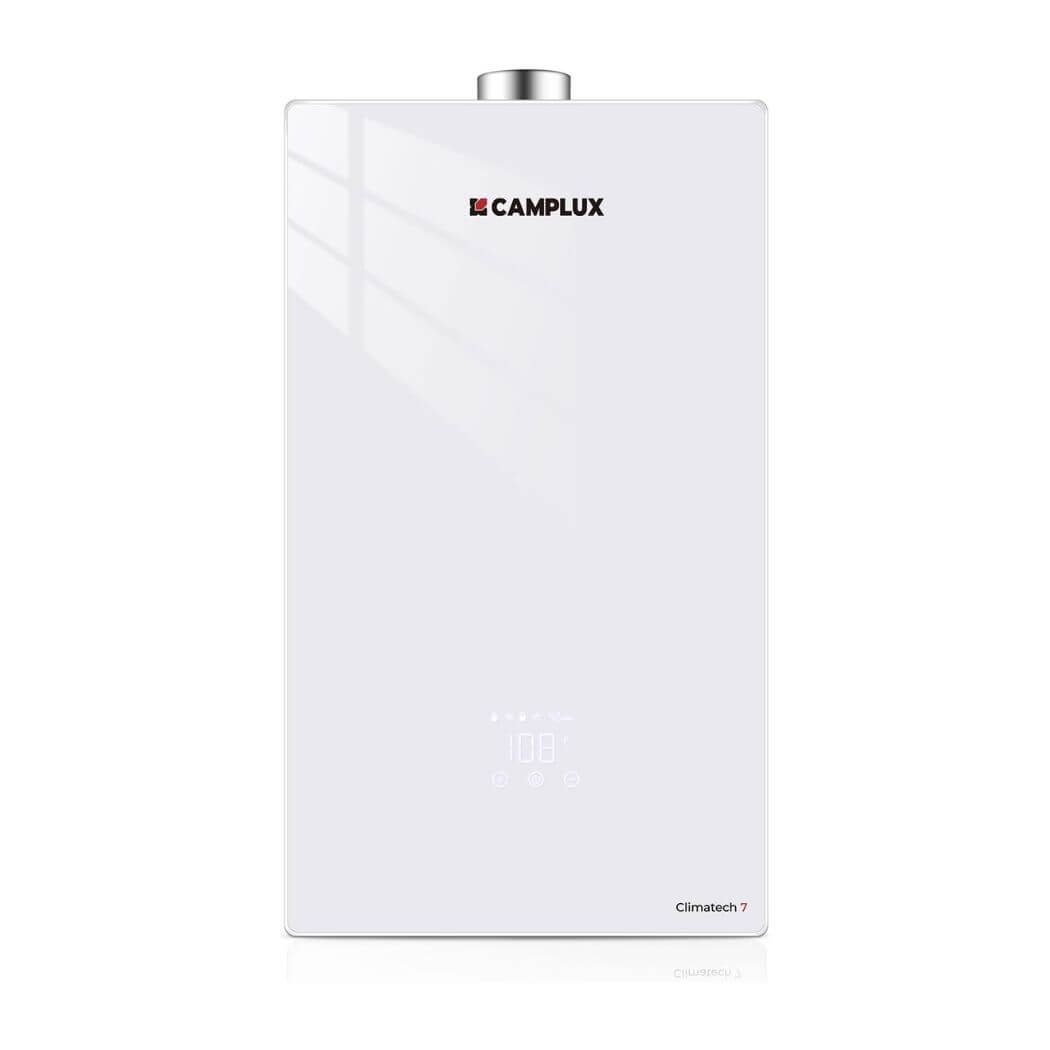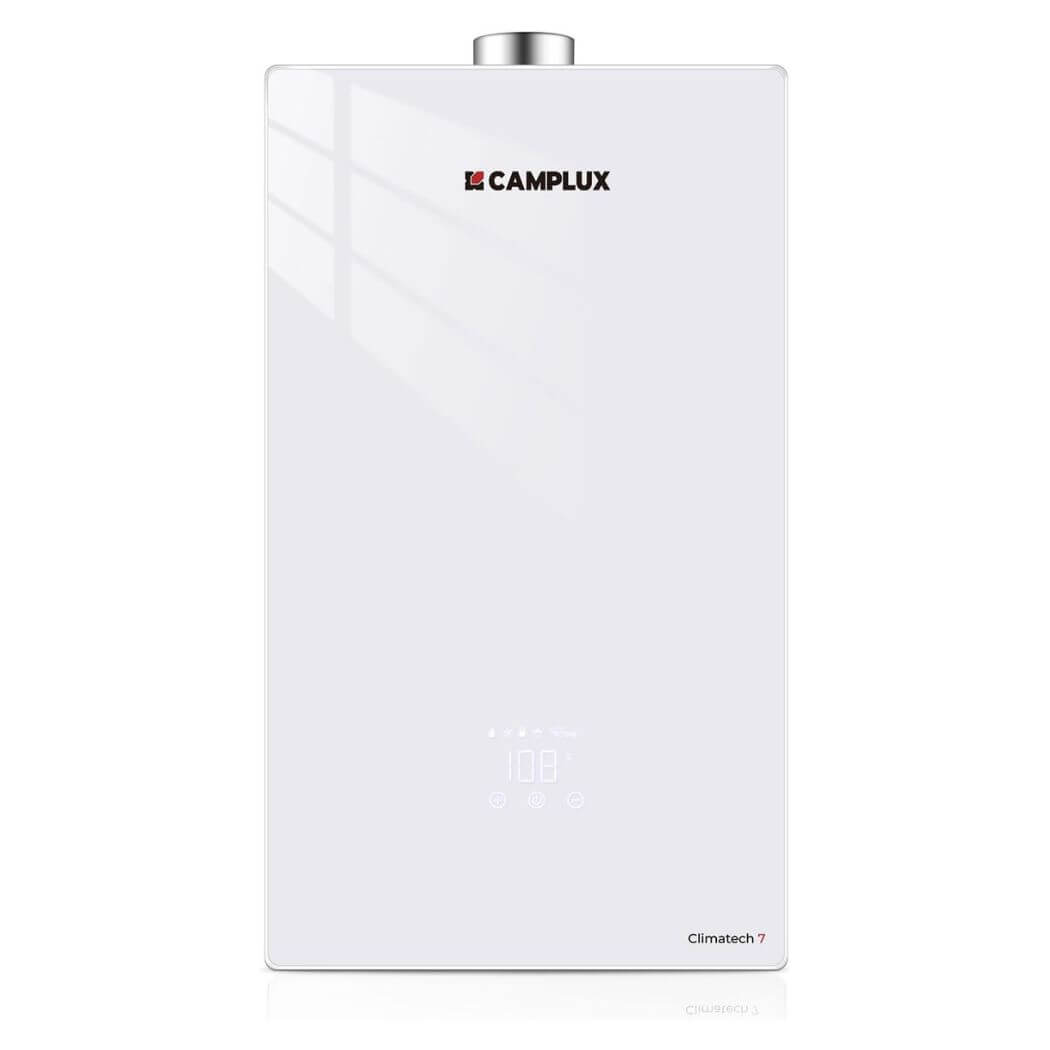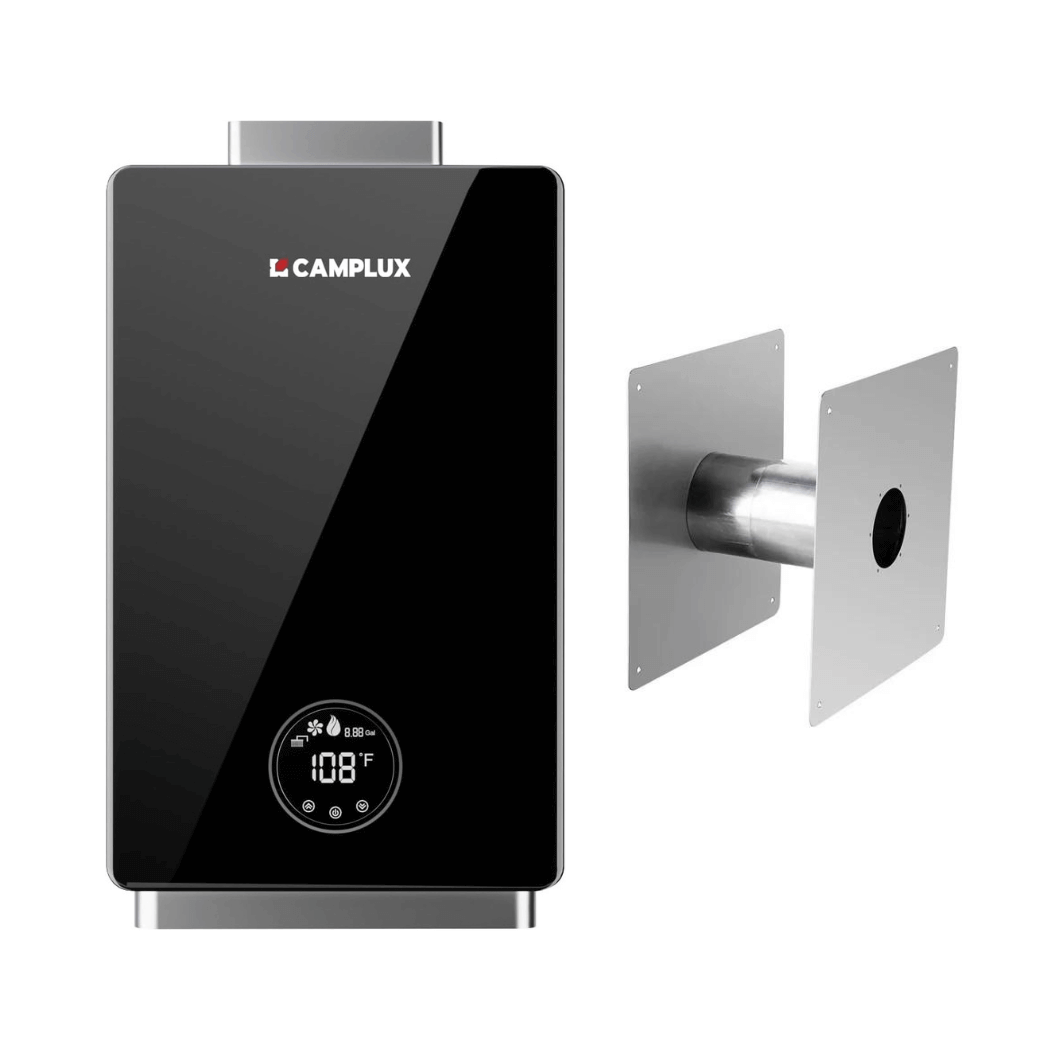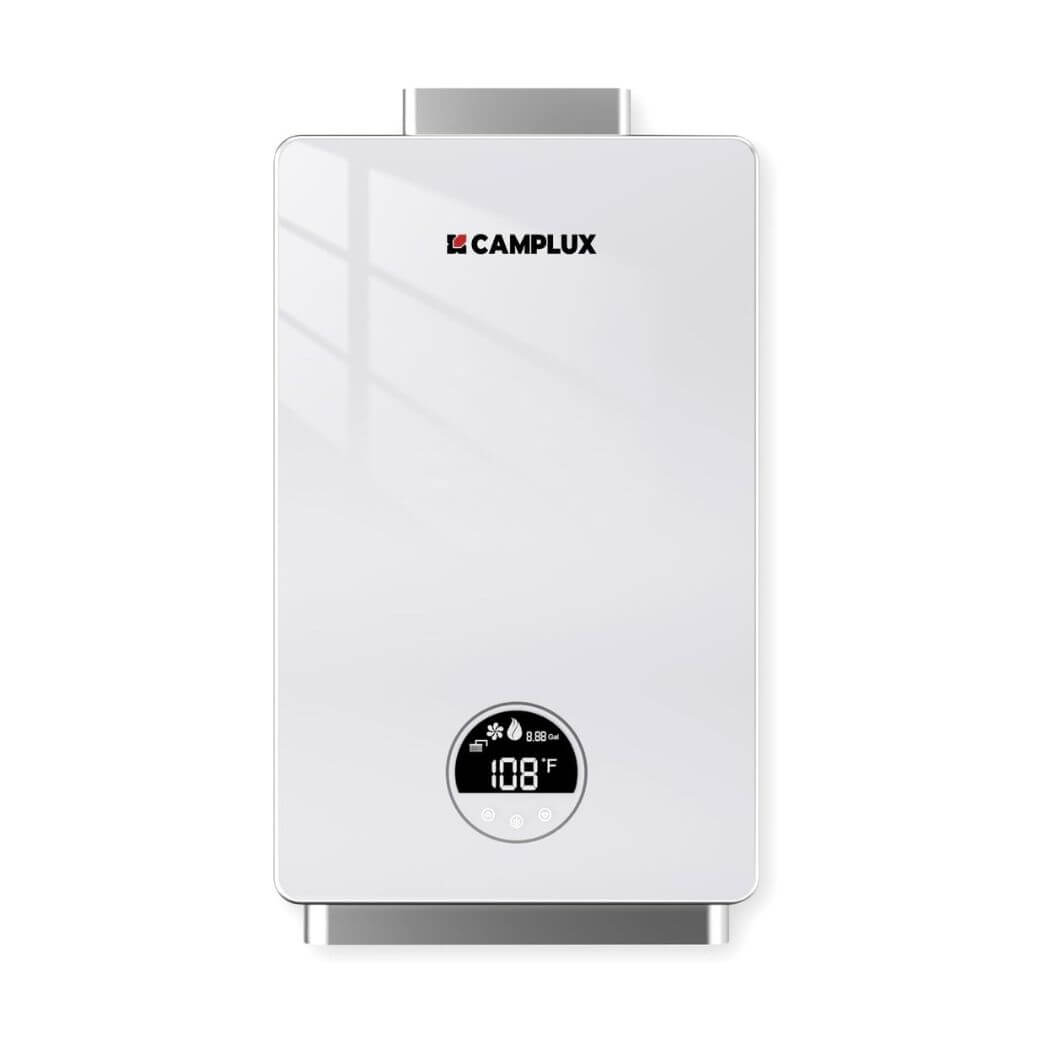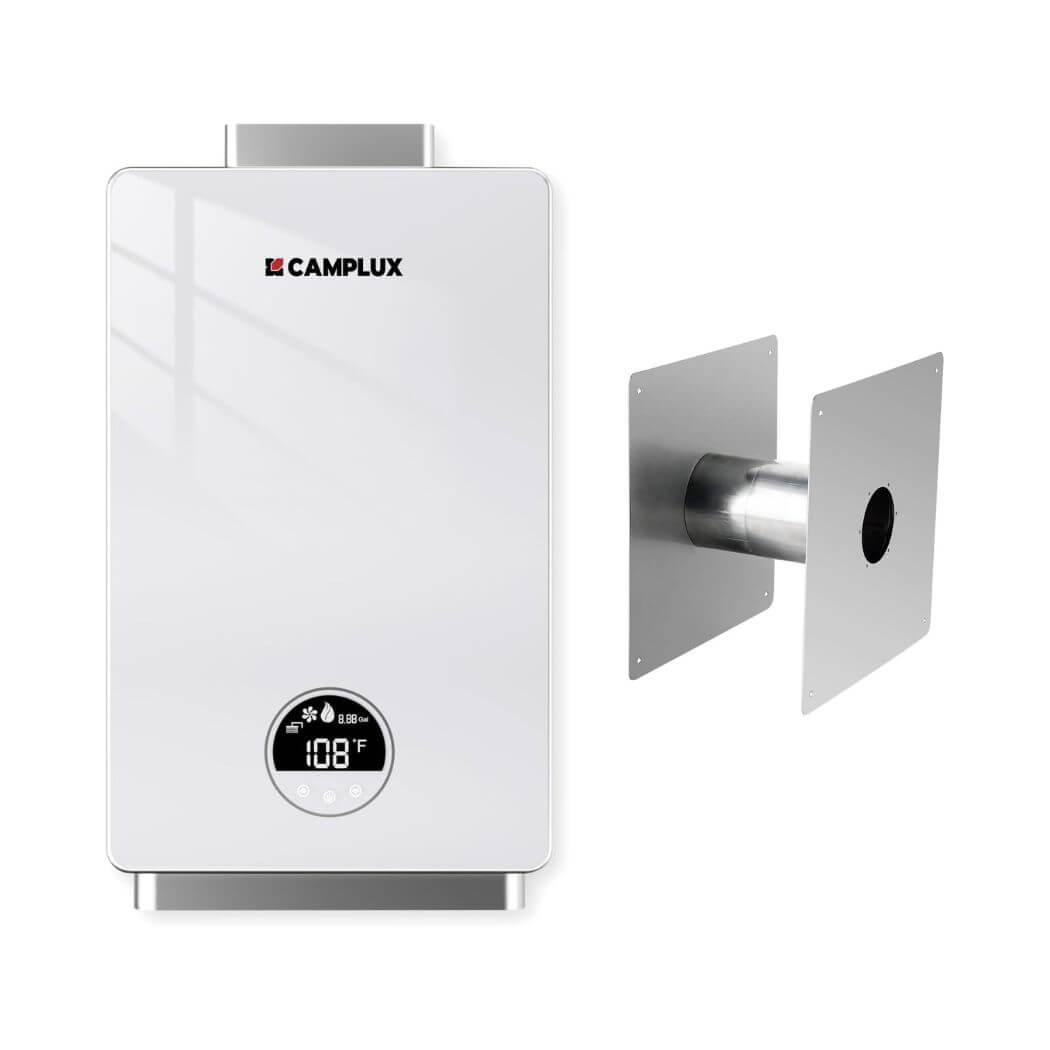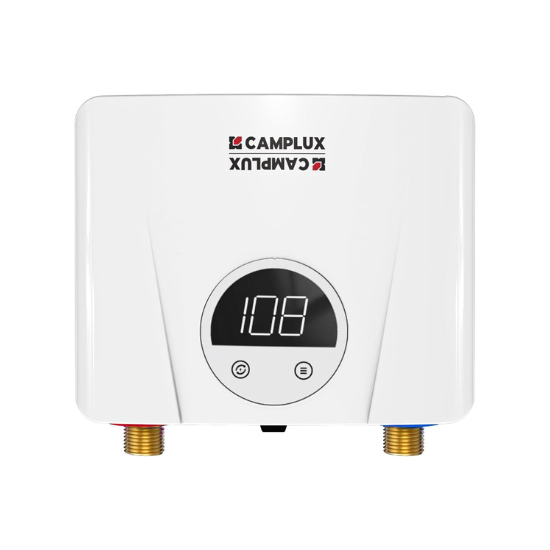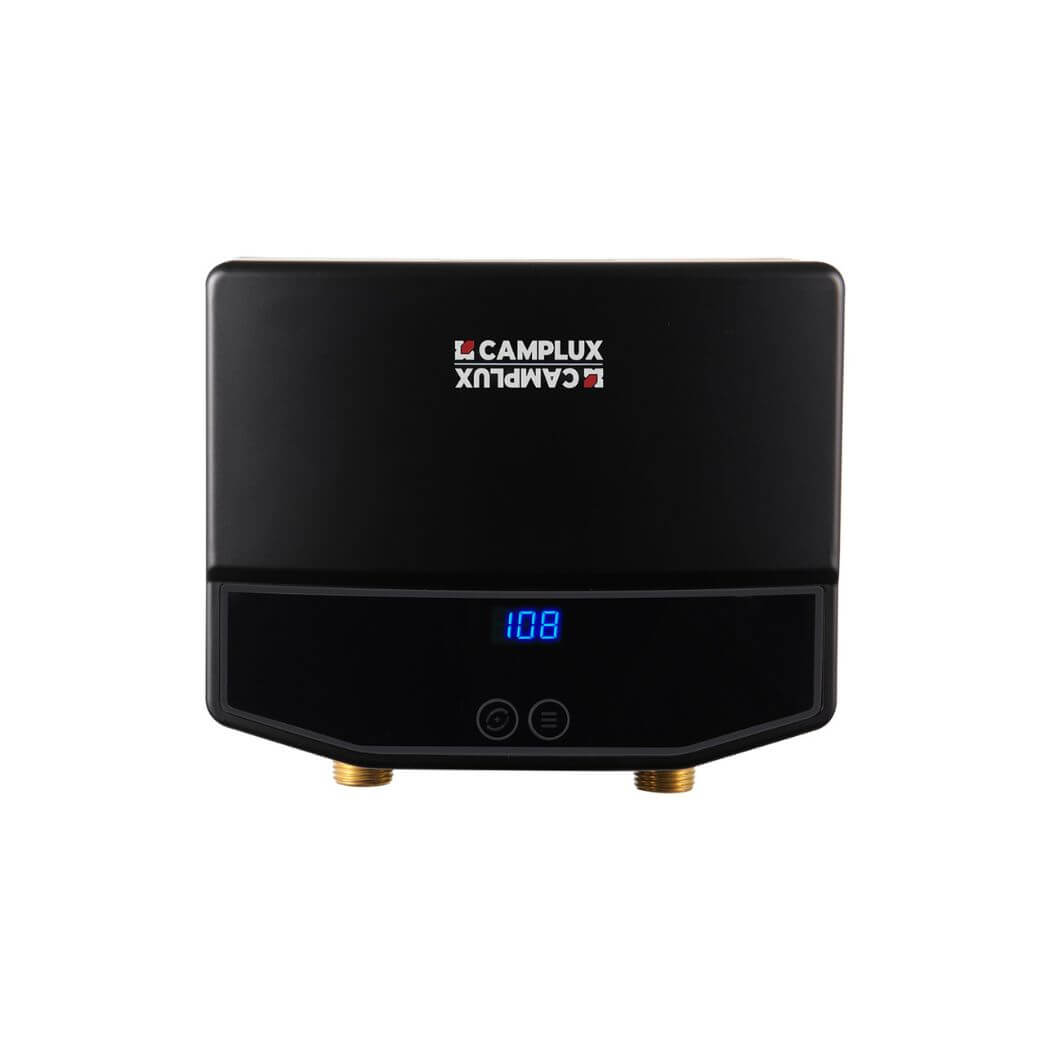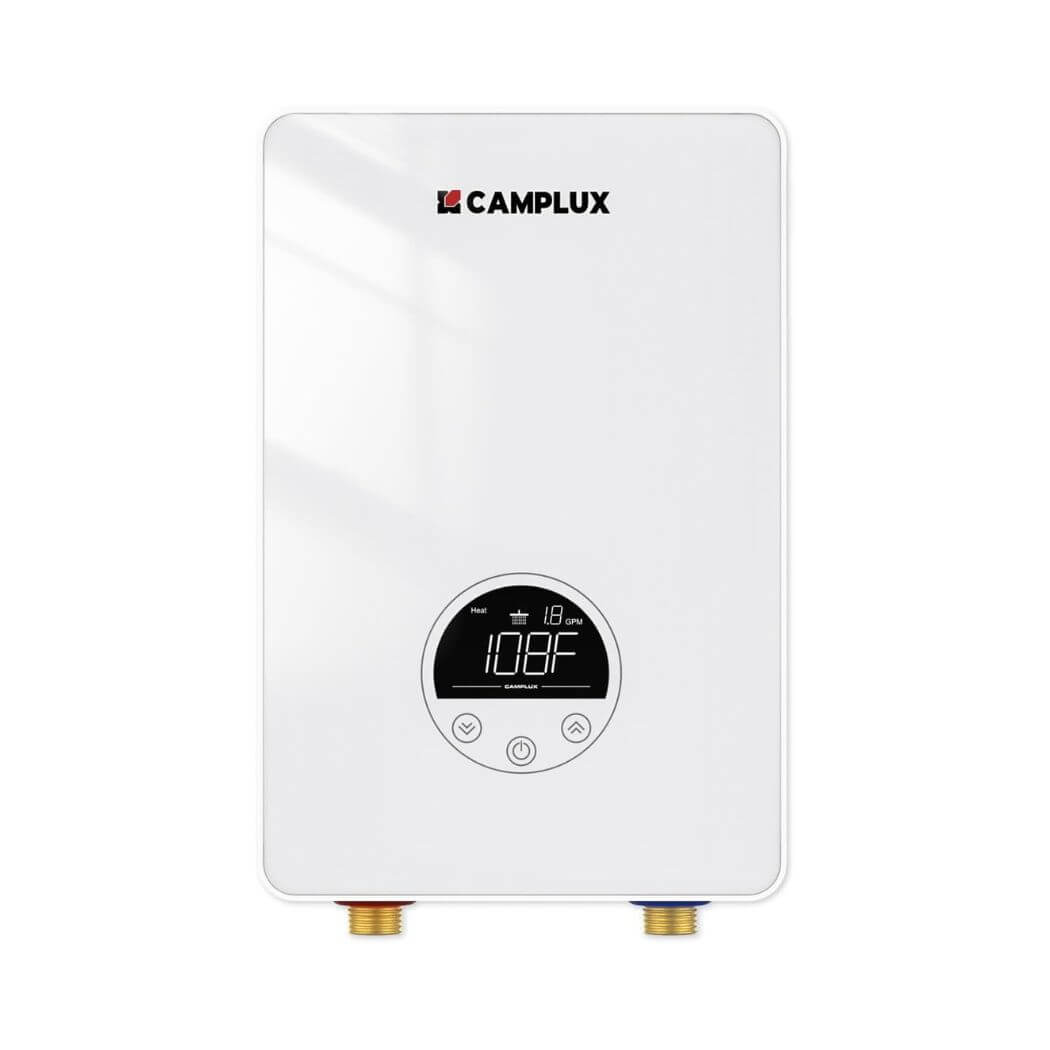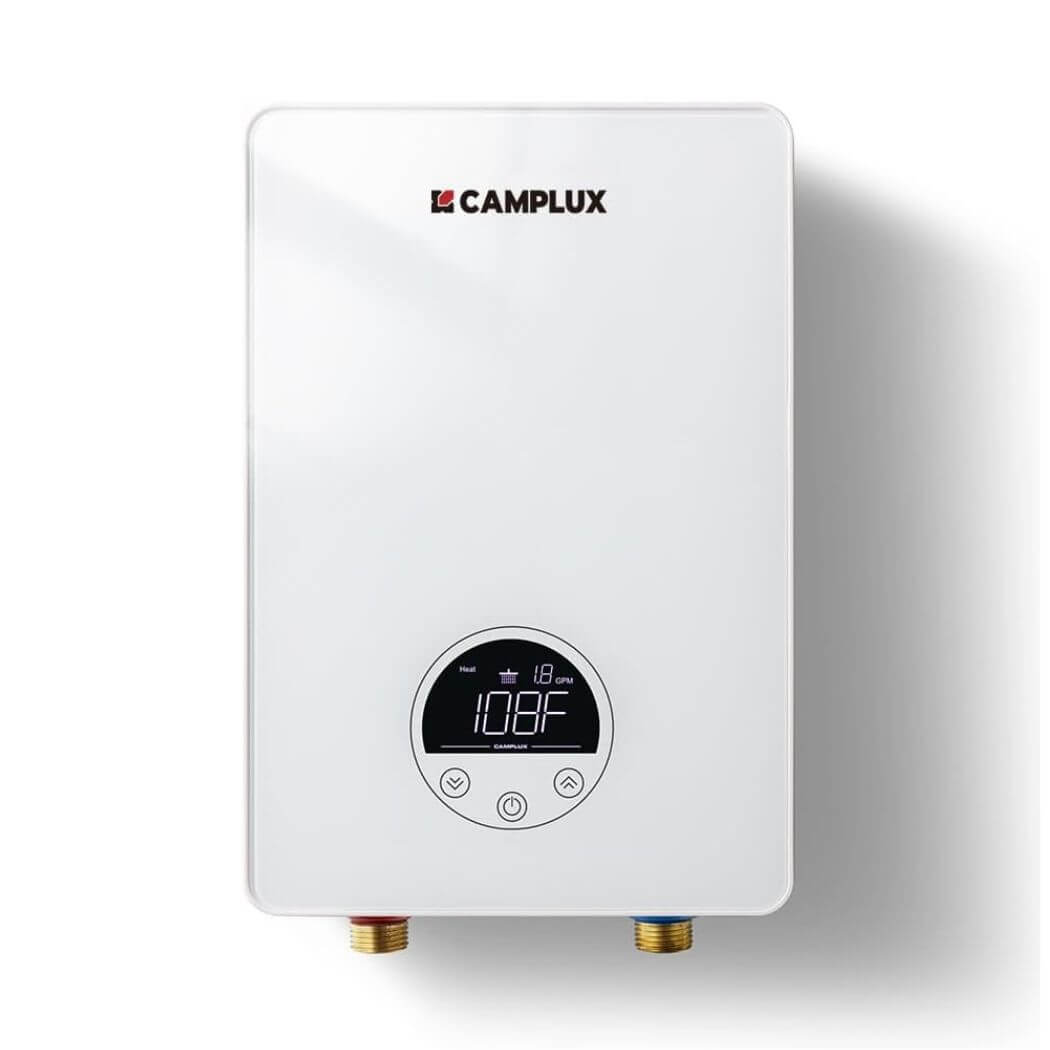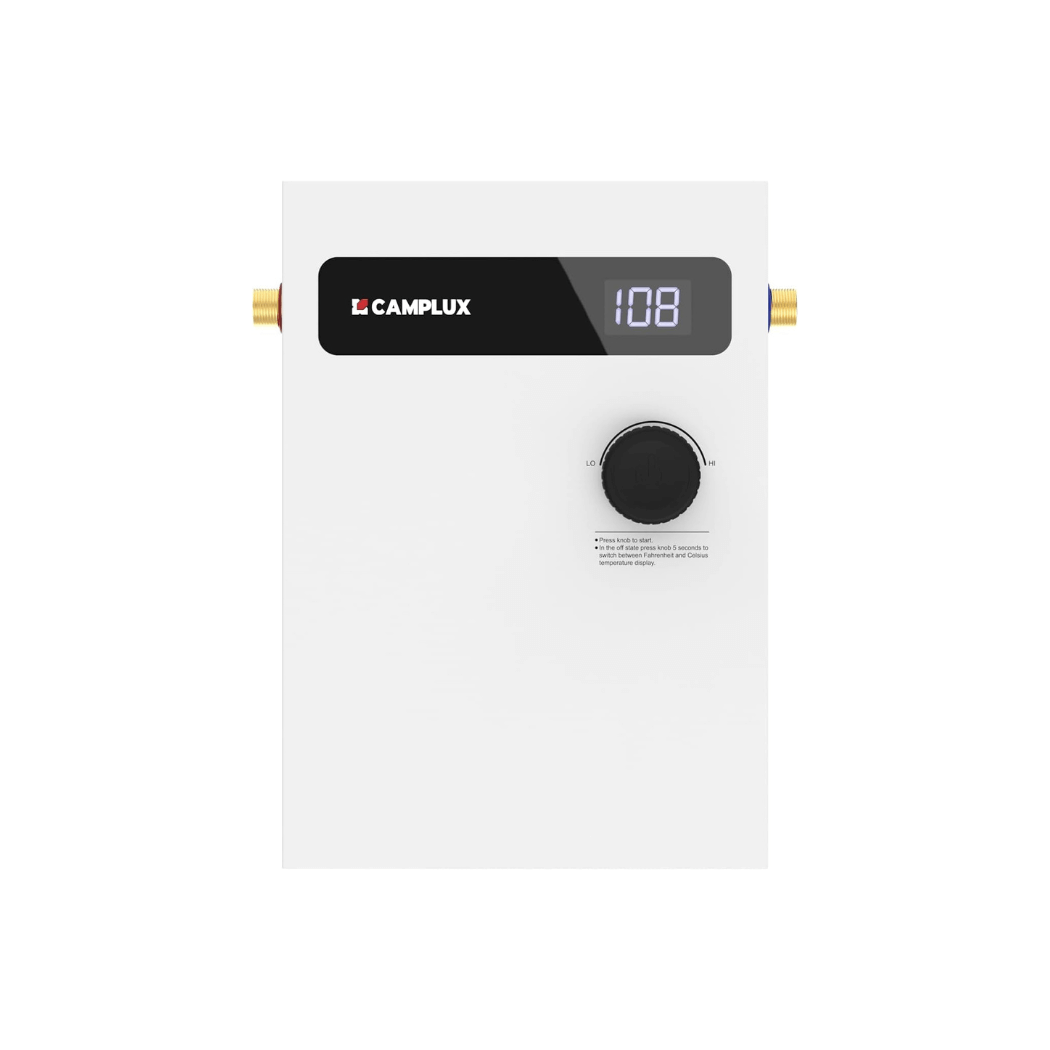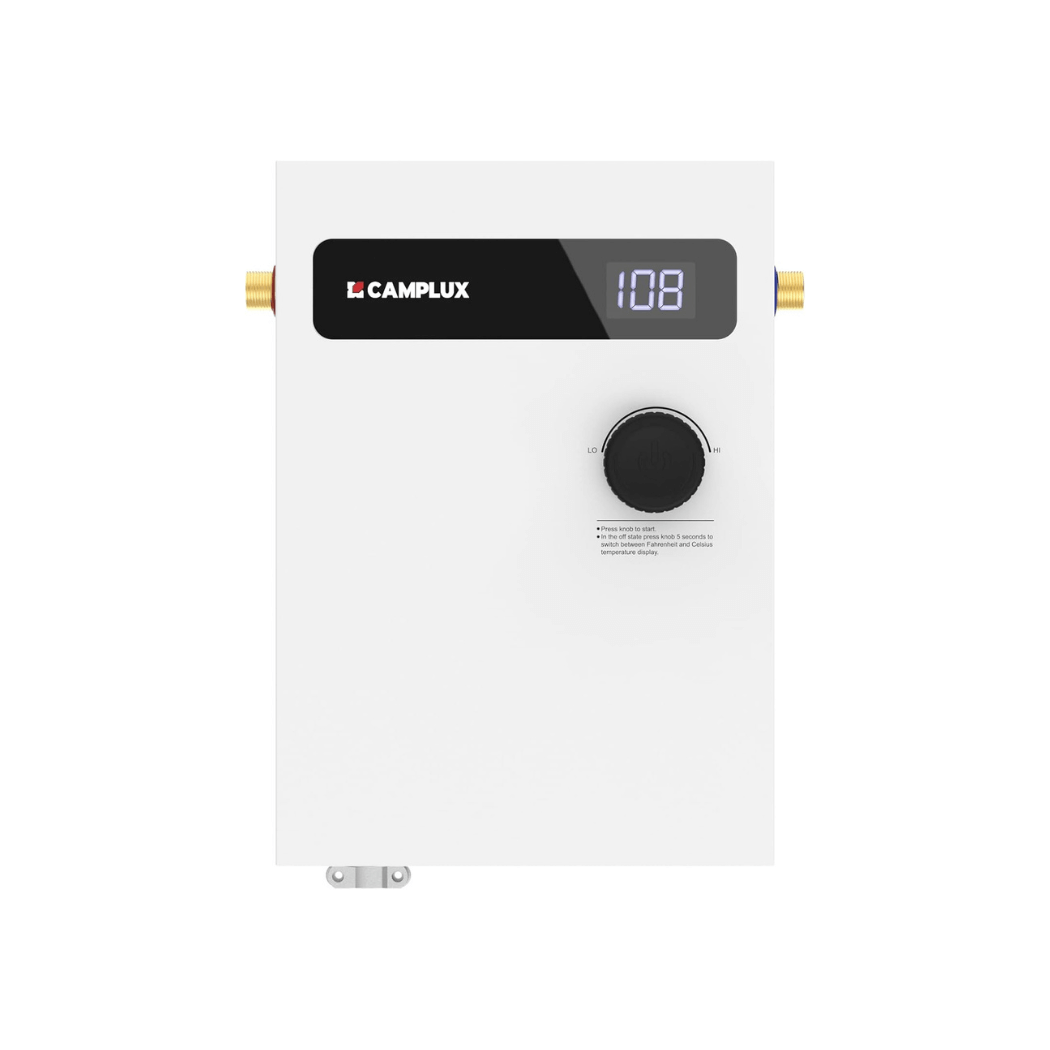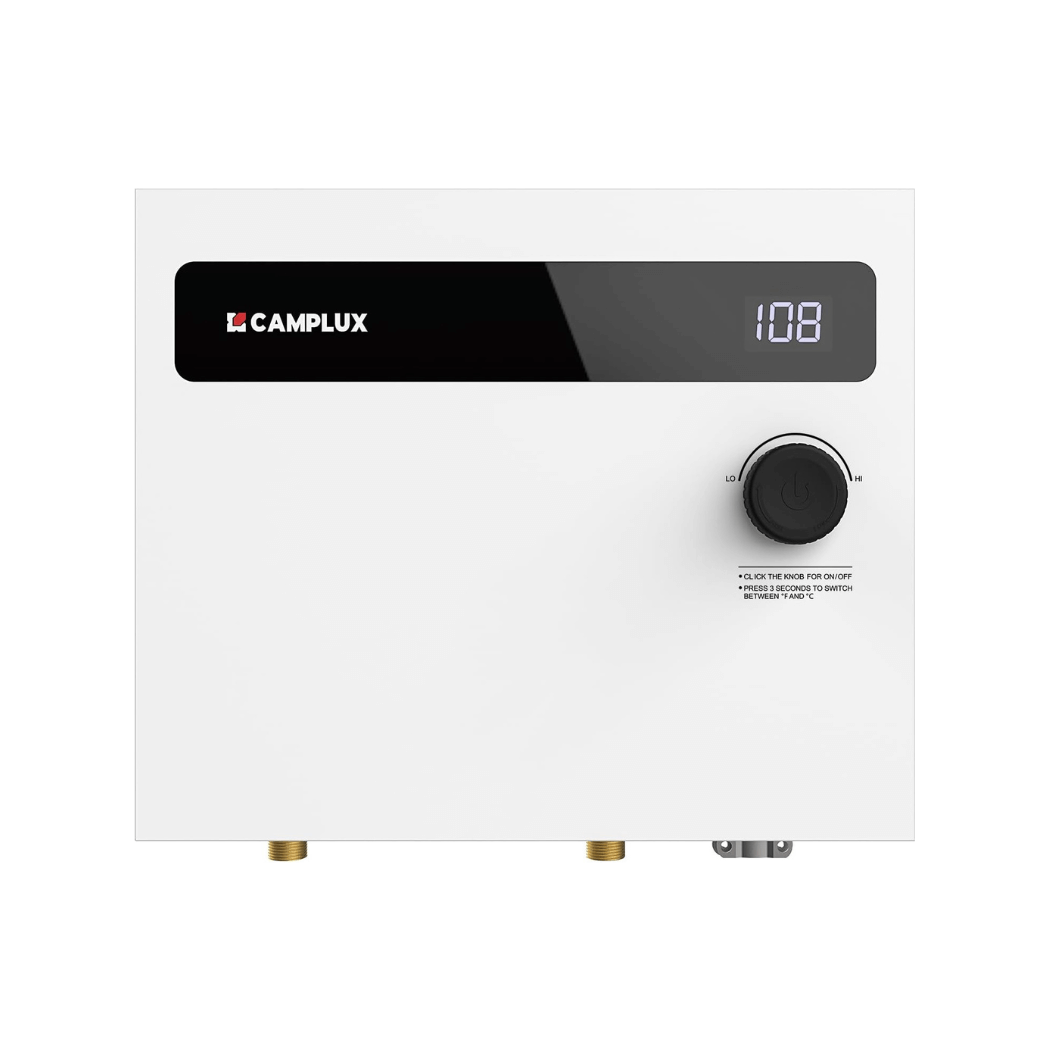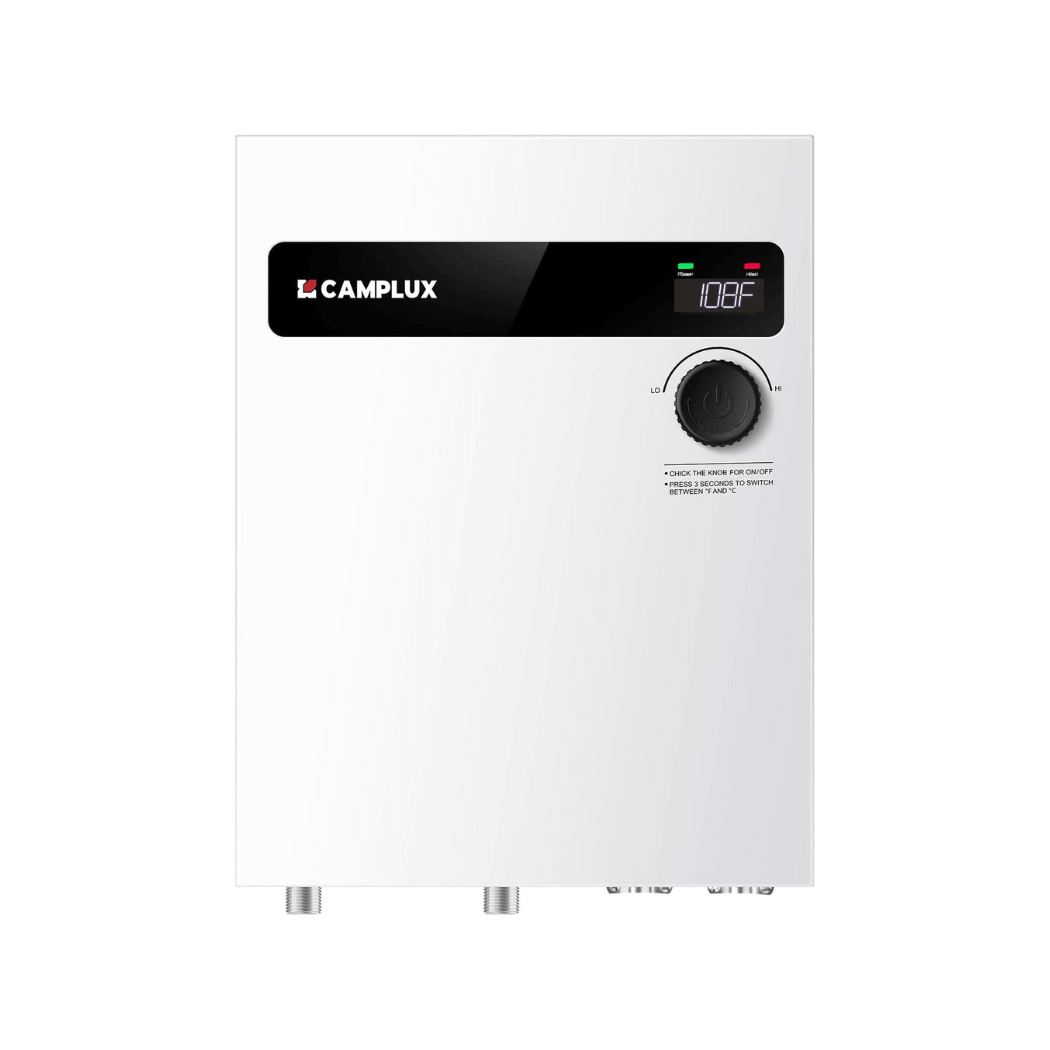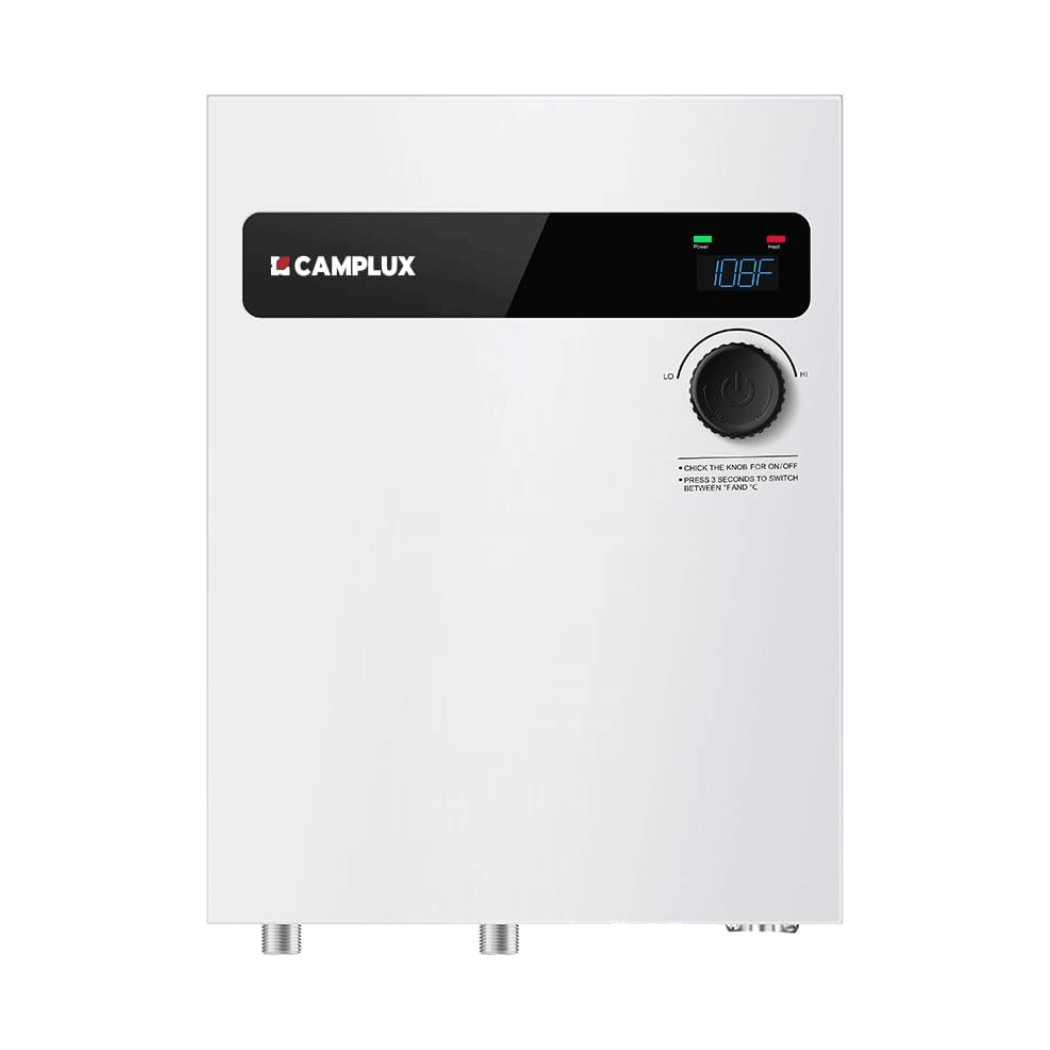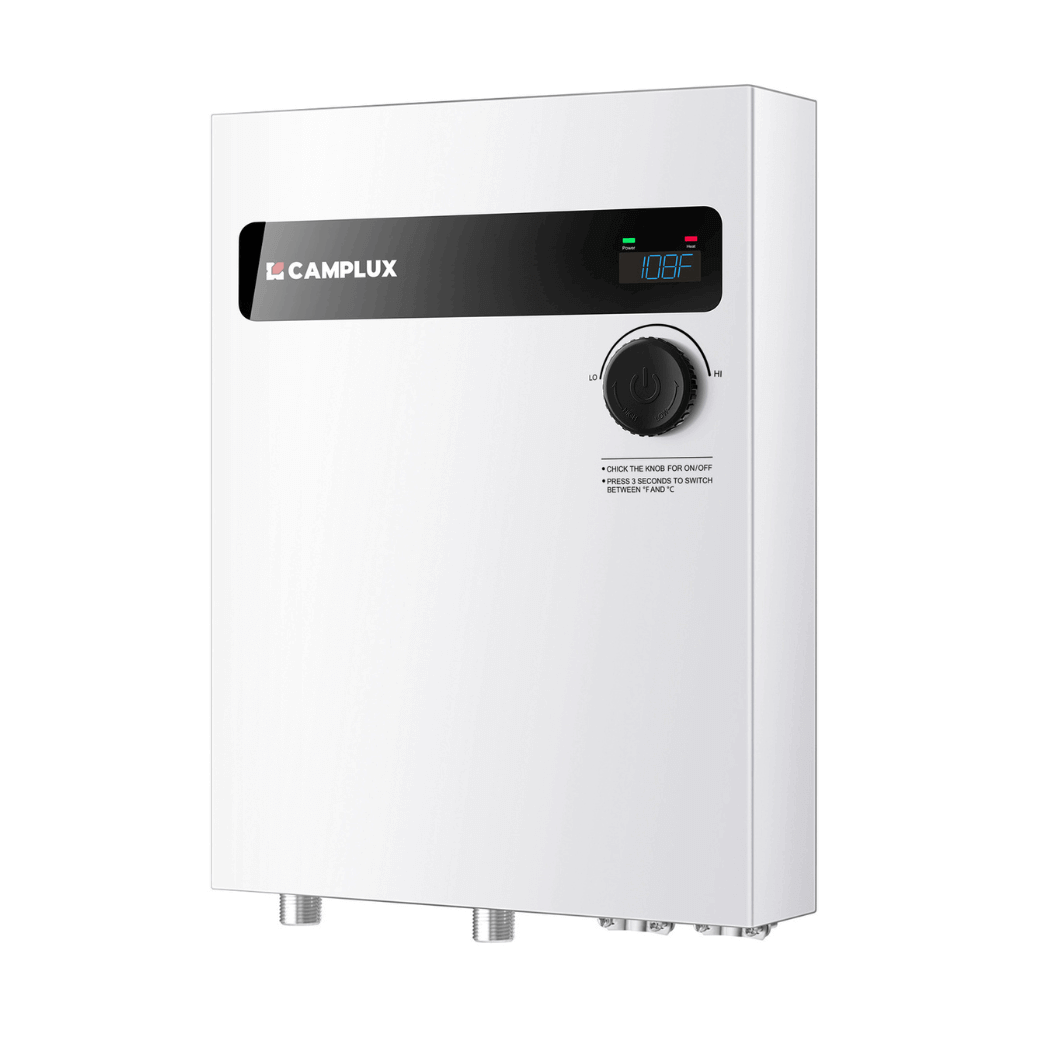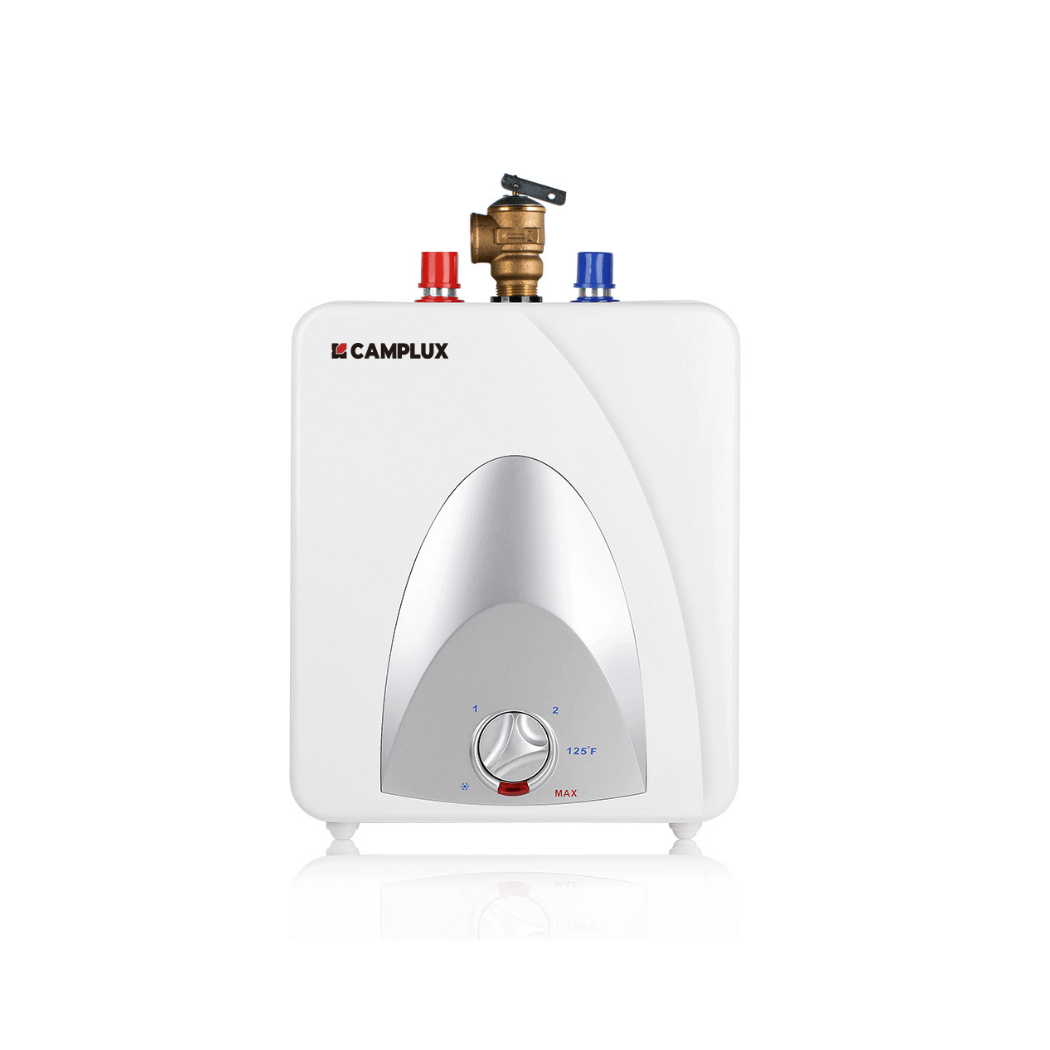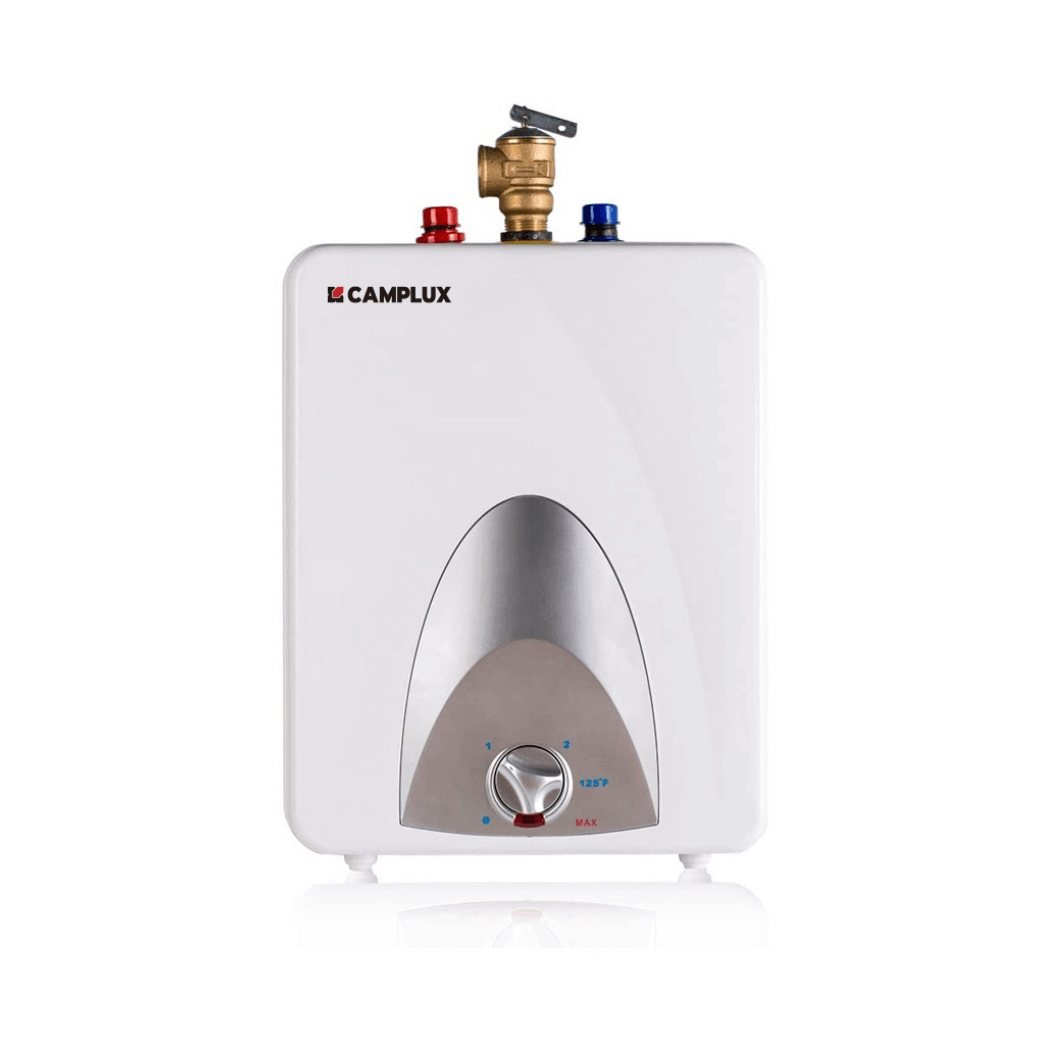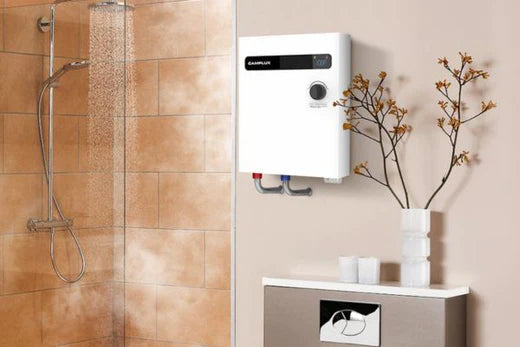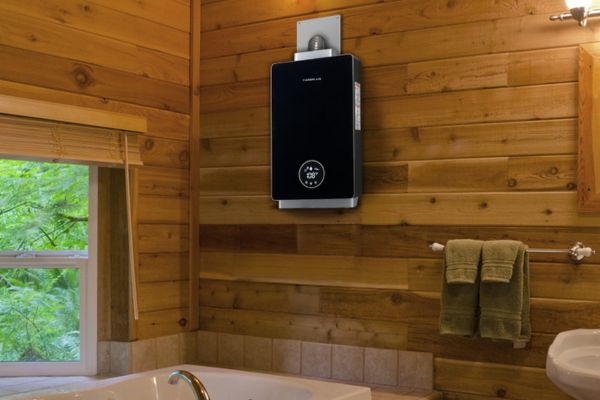Electric tankless water heaters are celebrated for their energy efficiency and space-saving design, providing hot water on demand without the need for a bulky storage tank. However, despite their modern appeal and potential long-term savings, these devices come with their own set of challenges and may not be the ideal solution for every household. This article delves into the downsides of electric tankless water heaters, including their initial and long-term costs, performance limitations, installation considerations, impacts on utility bills, and how they compare to gas tankless options.
Key Takeaways
- Electric tankless water heaters often have a higher initial purchase and installation cost compared to traditional tank heaters, potentially offset by long-term energy savings.
- Performance may be limited with simultaneous demands for hot water, and homes with high usage or weak electrical systems could experience inadequate hot water supply.
- Installation can require significant home upgrades, including adjustments to plumbing and electrical systems, and typically necessitates professional installation.
- While tankless heaters are more energy-efficient due to reduced standby energy loss, actual savings on utility bills can vary based on usage patterns and local utility rates.
- Comparing gas and electric tankless water heaters is crucial; gas units may offer better performance in high-demand situations, but electric models are typically more energy-efficient and easier to install.
Initial and Long-Term Costs
Higher Purchase Price
One of the main concerns when considering an electric tankless water heater is the higher purchase price compared to traditional tank models. According to Forbes, prices for electric tankless models range from $500 to $800, which can be a significant initial investment for homeowners. This cost disparity is even more pronounced when comparing to gas tankless heaters, which can cost between $750 and $2,300.
While the initial outlay is substantial, the potential for long-term savings through reduced energy consumption should not be overlooked. Proper sizing and understanding the capacity of the unit are essential to maximize these savings.
It's important to note that the price can vary depending on the brand and model. For example, a consumer reported that a Rheem 13kw model was $100 more expensive than an equivalent Camplux model, without additional benefits like an included power cord. This highlights the need for careful comparison shopping to ensure value for money.
Installation Expenses
The transition to a tankless water heater often comes with substantial installation expenses. Professional installation is necessary to ensure the unit operates safely and efficiently. This includes proper sizing, venting for gas-powered units, and potentially upgrading electrical systems for electric models. The national average cost for installation hovers around $2,875, but for larger or specialty units, expenses can soar to as much as $8,900.
While the initial outlay may seem steep, it's important to consider the long-term benefits of energy efficiency and the potential for reduced maintenance costs over the lifespan of the unit.
Installation costs can vary widely based on several factors:
- The type of tankless water heater (gas or electric)
- The complexity of the installation (including the need for venting or electrical upgrades)
- Local labor rates
- Any additional parts or modifications required for the installation
Potential Savings Over Time
While the initial investment in an electric tankless water heater is higher, the potential for savings over time is a significant upside. Electric tankless water heaters are designed to be more energy-efficient, as they only heat water on demand rather than maintaining a heated tank 24/7. This can lead to lower monthly utility bills, especially in homes with fluctuating hot water needs.
- Proper sizing of the unit is essential to maximize efficiency and savings.
- Energy savings can vary based on usage patterns and the electricity rates in your area.
The longevity of tankless water heaters also contributes to the overall cost-effectiveness, as they typically have a longer lifespan than traditional tank heaters. With fewer moving parts and less wear from standing water, maintenance costs can be reduced, adding to the long-term savings.
However, it's important to note that the actual savings can be influenced by several factors, including the quality of the installation, the electrical system of the home, and the energy rates. Homeowners should carefully consider these aspects to determine if the long-term savings justify the upfront costs.
Performance Limitations
Challenges with Simultaneous Demands
One of the primary challenges faced by electric tankless water heaters is their limited hot water output when multiple appliances are in use. For instance, running two showers alongside a dishwasher and washing machine can overwhelm the system. This is particularly problematic in larger households or where hot water usage is high.
The convenience of unlimited hot water is mitigated by the fact that tankless heaters can only supply a certain flow rate at any given time.
Users often report that they have to reduce water flow to avoid errors, leading to longer wait times for hot water to reach various parts of the house. This can be seen as poor planning and may necessitate an upgrade to a more robust system, especially during high-demand periods like winter.
Impact of Electrical System Quality
The quality of your home's electrical system is a critical factor in the performance of an electric tankless water heater. Homes with inadequate electrical infrastructure may face challenges, such as the need for additional power lines or upgraded breakers to handle the high power demands of the unit. For instance, a 36kw model might require four 40 amp breakers and a substantial amount of 8 gauge wire, indicating a significant electrical load.
- Unsuitable for weak electrical systems: Electric tankless water heaters demand a robust and reliable electrical system. Frequent blackouts or a weak electrical connection can lead to inconsistent performance and even system errors when the demand for hot water exceeds the heater's capacity.
The sudden and substantial amp draw of these units can also cause issues such as flickering lights, which may be a sign of the electrical system being pushed to its limits.
It's important to consider these factors and possibly consult with a professional to assess whether your home's electrical system can support an electric tankless water heater without costly upgrades.
Comparison with Traditional Tank Heaters
When comparing electric tankless water heaters to traditional tank heaters, it's important to consider their operational differences and how they may affect your home. Electric tankless water heaters provide hot water on demand, eliminating the standby energy loss associated with tank heaters. However, they may struggle to meet simultaneous high demands, such as running the dishwasher and showering at the same time.
Traditional Tank Heaters
- Size: Large and requires significant space
- Energy: Constant energy use due to standby heat loss
- Capacity: Limited hot water supply based on tank size
- Lifespan: Generally shorter than tankless models
Electric Tankless Water Heaters
- Size: Compact and space-saving
- Energy: Reduced energy consumption with no standby loss
- Capacity: Endless hot water supply, limited by flow rate
- Lifespan: Typically longer due to fewer components at risk of corrosion
While tank heaters are often more affordable upfront and can handle multiple demands more easily, the efficiency and space-saving design of electric tankless models are significant advantages. However, the initial cost and potential need for electrical upgrades can be deterrents for some homeowners.
The choice between a traditional tank heater and an electric tankless water heater should be made after careful consideration of your household's hot water needs, budget, and space constraints.
Installation Considerations
Necessity for Home Upgrades
When considering the installation of an electric tankless water heater, homeowners must be aware that upgrades to the existing electrical system are often necessary. These upgrades can include additional circuit breakers or an increase in the overall electrical service to the home to handle the high power demands of the heater.
Home electrical upgrades can vary significantly in complexity and cost, depending on the age and current state of the home's electrical infrastructure. Here's a brief overview of potential upgrades:
- Enhanced circuit breaker panel
- Upgraded wiring to support increased amperage
- Additional dedicated circuits for the heater
It's crucial to consult with a licensed electrician to determine the specific needs for your home. This step ensures safety and compliance with local building codes, which is paramount when dealing with electrical modifications.
Professional Installation Requirements
Electric tankless water heaters necessitate professional installation to ensure they are correctly sized and connected. Proper installation is crucial for the unit's performance and longevity. It's not just about connecting the device; it involves understanding the home's electrical system, ensuring adequate power supply, and adhering to local building codes.
Italics are used for emphasis on the importance of professional installation, which can include a range of tasks:
- Assessing the home's electrical capacity
- Upgrading electrical panels or circuits if necessary
- Ensuring compliance with safety standards and building codes
The expertise of a licensed professional is indispensable for the installation of an electric tankless water heater. Their knowledge can prevent future issues and help maintain the unit's efficiency.
Space and Location Flexibility
One of the advantages of electric tankless water heaters is their space-saving design, which allows for greater flexibility in installation locations. Unlike traditional tank heaters that require a significant amount of space, tankless models can be installed in smaller areas, such as closets or under sinks.
Installation Flexibility:
- Can be mounted on walls
- Suitable for indoor and outdoor use
- No need for a large storage tank
Electric tankless water heaters offer not just a reduction in physical space requirements but also aesthetic versatility, blending seamlessly into the home environment.
However, it is important to ensure that the chosen location has proper ventilation and access to the electrical system to support the heater's operation. In some cases, additional wiring or circuitry may be necessary, which can influence the overall installation cost and complexity.
Energy Efficiency and Utility Impacts

Reduced Standby Energy Loss
One of the most significant advantages of electric tankless water heaters is their ability to reduce standby energy loss. Traditional tank water heaters continuously maintain a reservoir of hot water, leading to energy waste, whereas tankless models heat water on demand. This key difference results in notable energy savings for homeowners.
Electric tankless water heaters are designed to be more energy-efficient by eliminating the need to keep a large volume of water heated at all times.
Energy savings vary based on daily hot water usage. For homes using up to 41 gallons daily, tankless heaters can be 24%-34% more efficient. Larger households consuming around 86 gallons may see efficiency improvements of 8%-14%. Additionally, installing tankless units at each water outlet can lead to energy savings of 27%-50%.
- 24%-34% more efficient for homes using <= 41 gallons/day
- 8%-14% more efficient for homes using ~86 gallons/day
- 27%-50% more efficient with point-of-use installation
Variability in Energy Savings
While electric tankless water heaters are celebrated for their energy efficiency, the actual savings can vary significantly based on usage patterns and installation specifics. For larger households consuming around 86 gallons per day, energy efficiency can be 8%-14% higher compared to traditional tank heaters. However, this efficiency can be further optimized by installing individual tankless units at each hot water outlet, potentially saving 27%-50% of energy.
The variability in performance observed by Consumer Council among different models highlights the importance of considering factors such as heating speed and safety.
It's crucial to understand that these savings are not guaranteed and depend on several factors, including the electrical infrastructure of the home and the quality of the installation. Here's a quick comparison of potential savings:
- Energy Star Approved models are more likely to yield higher savings.
- Savings are maximized when hot water demand is consistent and predictable.
- Savings diminish if the electrical system is not up to par or if multiple demands strain the heater.
In summary, while tankless water heaters promise reduced energy consumption, the extent of savings will differ from home to home.
Influence on Monthly Utility Bills
Electric tankless water heaters can lead to a noticeable change in monthly utility bills due to their on-demand heating capability. They only consume power when hot water is needed, which can result in lower energy usage compared to traditional tank heaters that maintain a constant temperature.
However, the actual impact on utility bills can vary widely based on factors such as local electricity rates, usage patterns, and the efficiency of the specific unit. Some users report minimal changes to their bills, while others may see more significant savings or even increases if the unit is not sized correctly for their needs.
Electricity rates play a crucial role in determining the cost-effectiveness of a tankless system. In regions where electricity is more expensive, the savings might not be as substantial as in areas with lower rates. It's important to conduct a thorough cost analysis to understand the potential financial implications.
While the promise of energy savings is appealing, homeowners should carefully evaluate their situation to ensure that an electric tankless water heater aligns with their financial goals and household demands.
Comparing Gas and Electric Tankless Options
Pros and Cons of Gas Water Heaters
When comparing electric and gas tankless water heaters, it's essential to weigh the pros and cons of each type. Gas water heaters are known for their fast heating abilities, ensuring that hot water is readily available, a significant advantage for larger households.
- Fast heating capabilities
- Hot water availability during power outages
- Generally simpler installation process
However, there are drawbacks to consider:
- Requirement for a gas line hookup
- Higher maintenance needs compared to electric models
- Necessary ventilation due to carbon monoxide risks
- Environmental concerns from burning natural gas
While gas water heaters can produce more hot water and are ideal for larger families, they also necessitate proper installation and maintenance to ensure safety and efficiency.
Pros and Cons of Electric Water Heaters
When evaluating the pros and cons of electric tankless water heaters, it's essential to consider both the advantages and the limitations they present. Electric tankless water heaters offer on-demand hot water, which can be a significant convenience for many households. They are known for their energy efficiency, as they eliminate the standby energy loss associated with traditional tank heaters.
However, the limitations of electric tankless water heaters cannot be overlooked. These systems may struggle to meet simultaneous hot water demands, which can be a concern in larger households or those with high hot water usage. Additionally, homes with inadequate electrical systems may face challenges in supporting the high power requirements of these heaters.
While electric tankless water heaters are celebrated for their efficiency, the reality of their performance and suitability can vary greatly depending on individual circumstances.
To provide a clearer picture, here's a list of key points to consider:
- On-demand hot water supply
- Reduced energy consumption due to no standby loss
- Potential for significant long-term savings
- May require electrical system upgrades
- Professional installation is often necessary
- Can struggle with high simultaneous demand
Making the Right Choice for Your Home
When it comes to selecting a tankless water heater, homeowners must balance the scales of upfront costs and long-term benefits. Choosing the right type of water heater is crucial for both your immediate budget and future utility bills. Electric tankless water heaters are known for their efficiency and smaller carbon footprint, while gas models offer quicker heat times and can operate during power outages.
In summary, choosing between an electric and gas tankless water heater should be an informed decision weighed against both upfront costs and long-term value.
Consider the following points to guide your decision:
- Evaluate your household's hot water needs and usage patterns.
- Assess the availability and cost of electricity and natural gas in your area.
- Factor in installation requirements and whether your home needs upgrades.
- Think about the environmental impact of your choice.
- Compare the total cost of ownership, including purchase price, installation, maintenance, and operating costs.
Conclusion
In summary, while electric tankless water heaters offer advantages such as energy efficiency, space-saving design, and on-demand hot water, they also come with notable downsides. The initial cost of purchase and installation can be steep, and additional upgrades to plumbing and electrical systems may be required. Moreover, households with high hot water usage might find the output of tankless heaters insufficient, particularly when multiple sources require hot water simultaneously. It's essential for homeowners to weigh these considerations against their specific needs and budget before deciding on a tankless water heater. Consulting with a professional can provide further insight into whether a tankless system is the most suitable option for your home.
Frequently Asked Questions
What are the initial costs associated with electric tankless water heaters?
Electric tankless water heaters tend to have a higher purchase price than traditional tank heaters. The initial cost also includes installation expenses, which may be higher due to the potential need for upgrades to your home's plumbing and electrical systems.
Can electric tankless water heaters handle high hot water demands?
Electric tankless water heaters may struggle with simultaneous demands from multiple hot water sources, especially in larger households or homes with high usage, leading to a limited hot water output.
Are there any potential savings over time with electric tankless water heaters?
Despite the higher initial costs, electric tankless water heaters can provide long-term savings through increased energy efficiency, lower maintenance costs, and potentially lower monthly utility bills due to their on-demand heating capability.
How does the energy efficiency of electric tankless water heaters compare to traditional tank heaters?
Electric tankless water heaters are generally more energy-efficient because they eliminate standby energy losses associated with maintaining a hot water tank. However, actual energy savings can vary based on usage patterns and the efficiency of the specific unit.
What are the pros and cons of gas versus electric tankless water heaters?
Gas water heaters typically heat water faster and are suitable for high demand, but may not be as energy-efficient as electric models and require venting. Electric water heaters are more energy-efficient and offer flexible installation, but may struggle with high demands and require a strong electrical system.
Is it necessary to upgrade my home to install an electric tankless water heater?
Yes, switching to an electric tankless water heater may require upgrades to your home's plumbing and electrical systems to handle the new unit's requirements, which can add to the initial installation cost.
